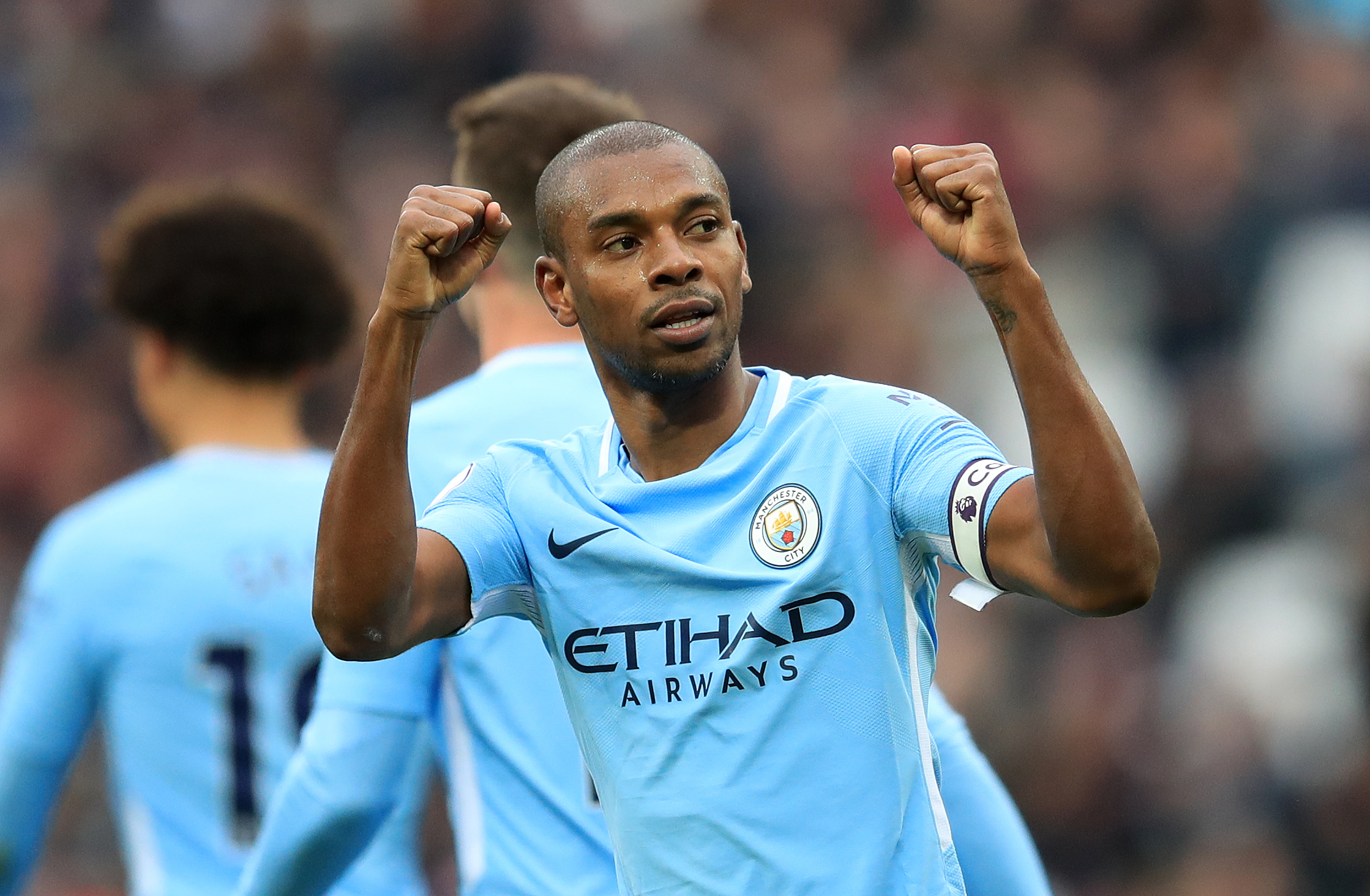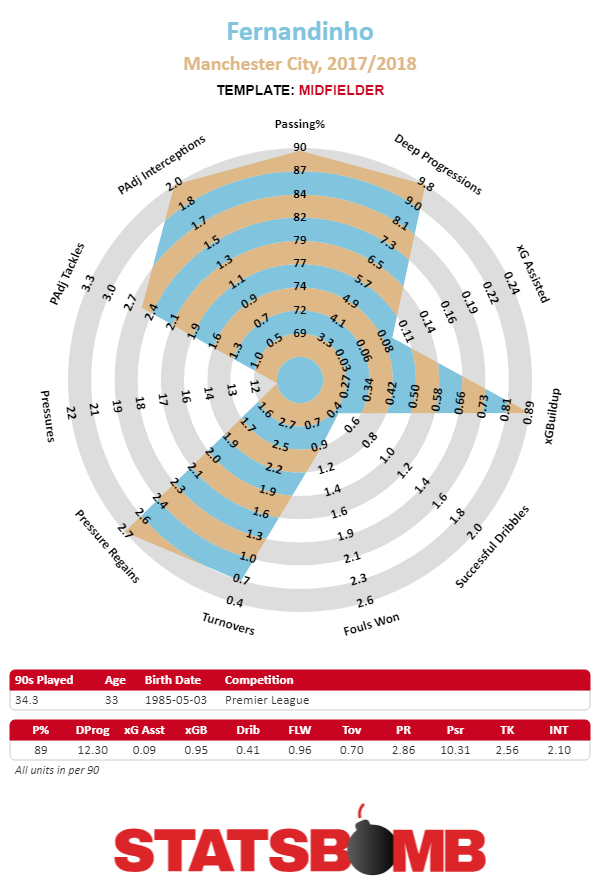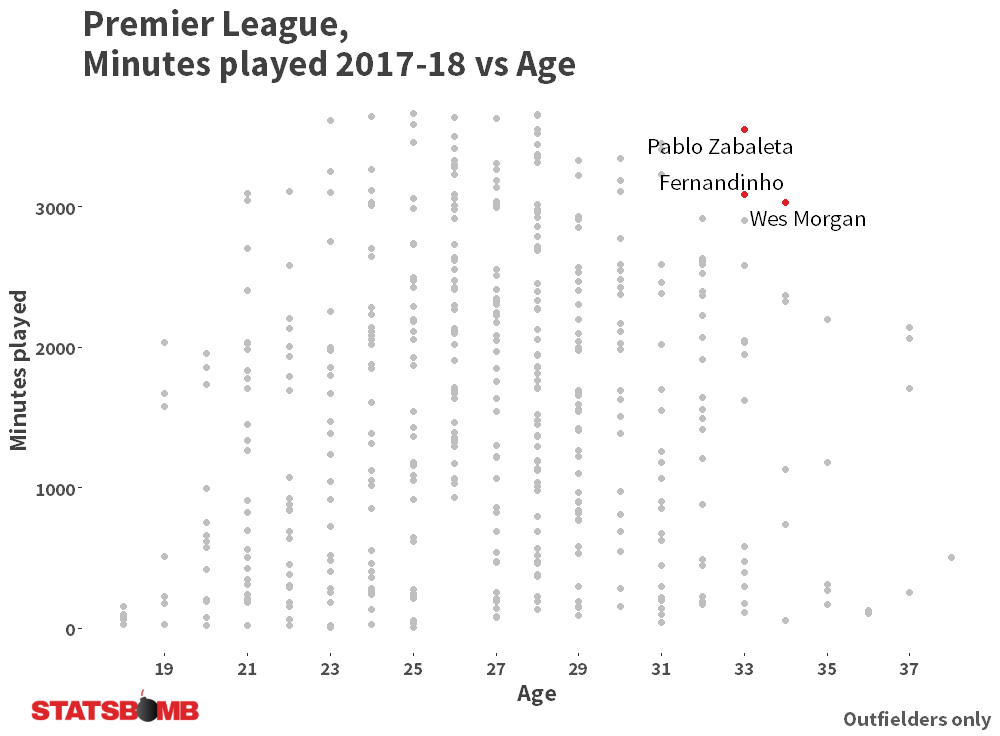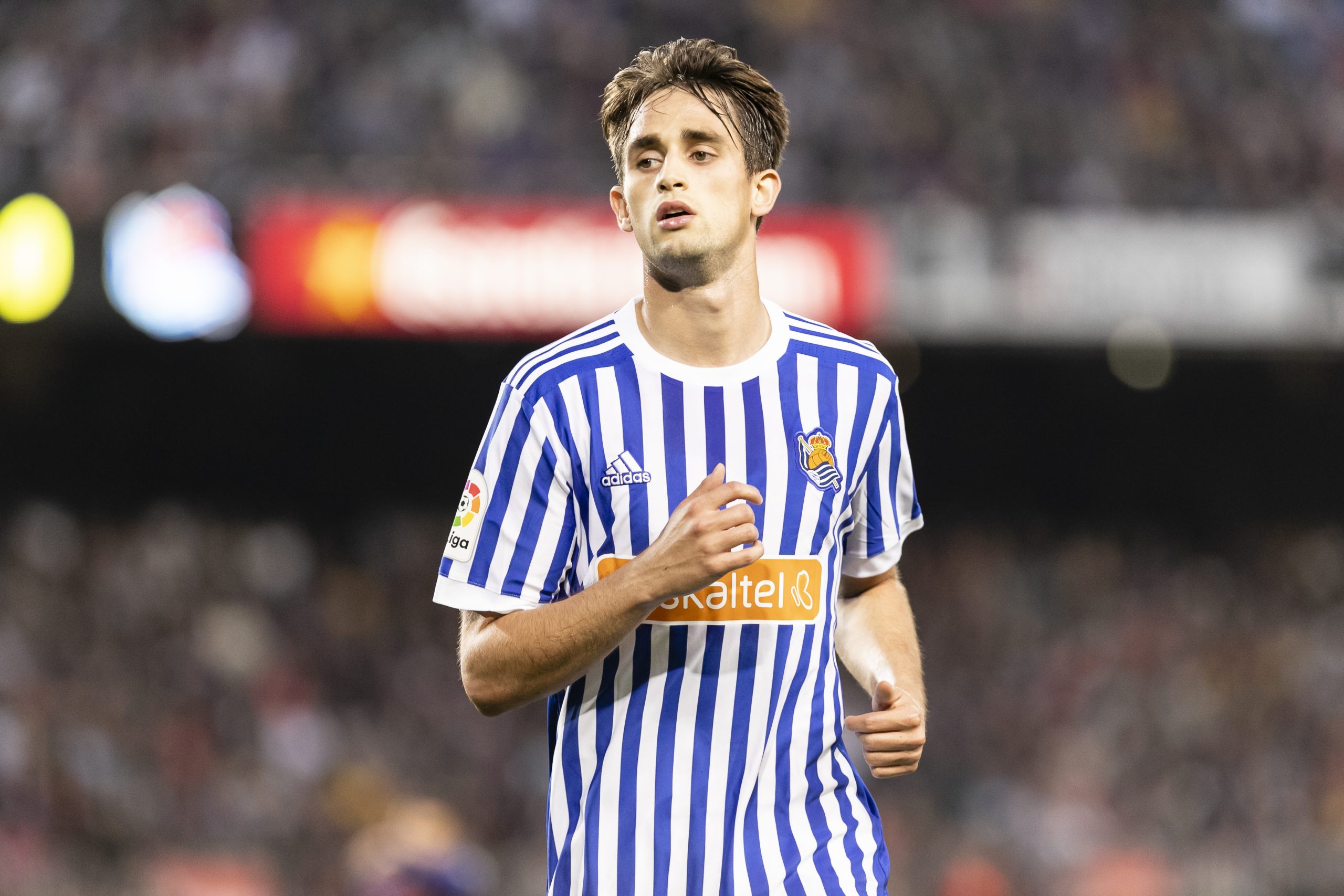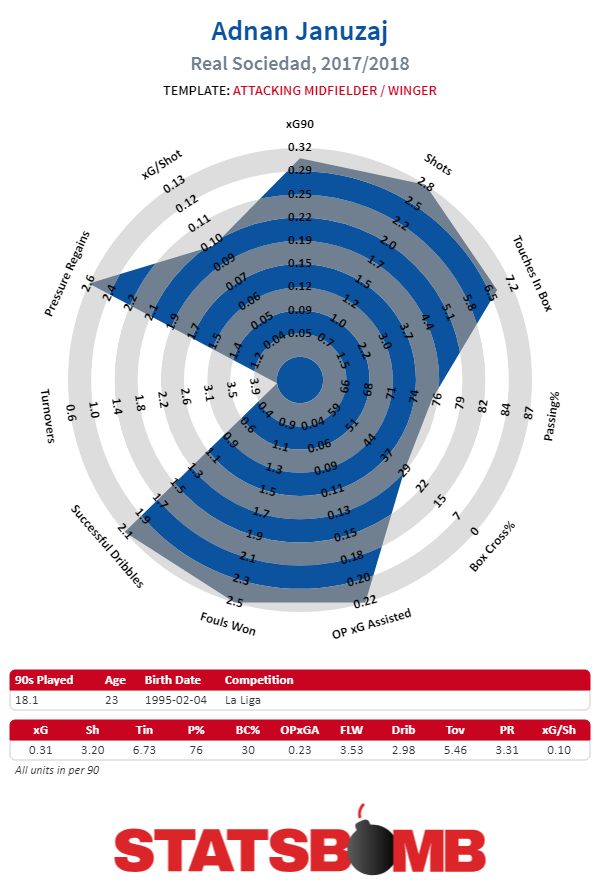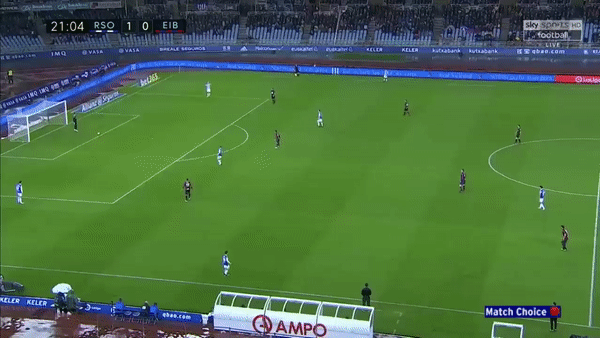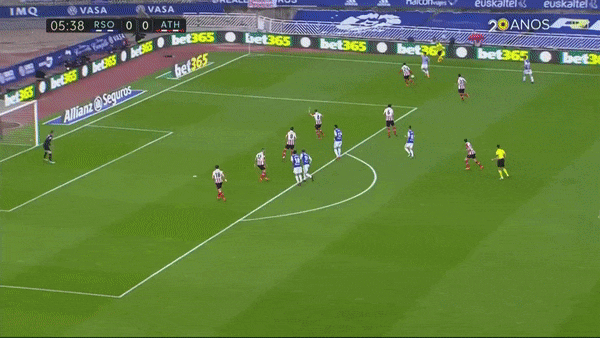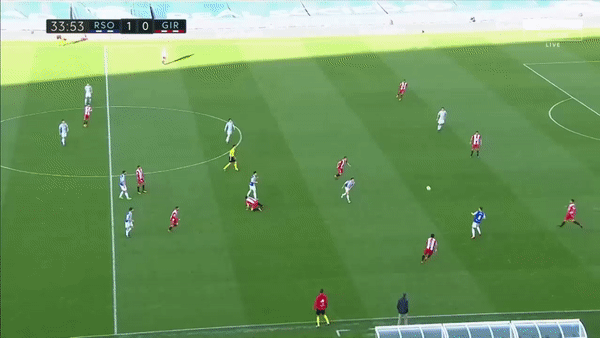It's been a strange summer for the elite teams in Spanish football. The teams at the top have focused on the long-term renovation of their sides instead of breaking transfer records on some of the best players in the world. That's not to say they haven't spent money - they have, plenty -, there was simply a shift in who they targeted.
Barcelona
Barcelona added Clement Lenglet, Arthur and Malcom. The first was a brilliant centre-back for Sevilla and will occupy the slot that forced Vermaelen into playing over a thousand La Liga minutes last campaign. Lenglet is 23 and he was an unambiguously good buy. Malcom had a great season in France, but there are still questions on whether he’ll step up as a Barcelona-level talent – particularly in a season where Ousmane Dembélé is back to full fitness and ready to put in a large shift. That said, there are a lot of minutes to be played and manager Ernesto Valverde lined up with Lionel Messi, Luis Suarez, Dembélé and Philippe Coutinho against Valladolid this past weekend. If that is the way forward, Malcom becomes the number one attacking option from the bench (especially after the club moved Paco Alcacer to Borussia Dortmund). In midfield, Arthur is the best player to come out of the Brasileirão in recent years and will be an awesome ball-progressor to look out for. Between his passing and ball-carrying capacities, he'll be most impactful disrupting deep defensive blocks. The fact that he has quite a different profile to all other midfielders in the club also increases his chances of him claiming a fairly high spot in the pecking order. Finally, Arturo Vidal arrived as pretty much a direct replacement for Paulinho. Giving a three-year deal to a 31-year-old Vidal after a series of injuries last campaign is incredibly risky, but his more physical midfield profile is certainly useful if he can stay healthy and at his previous elite level. The way Barça managed to sell-on unimpressive players at a profit this summer, while also keeping a deep squad, was impressive but its worth mentioning that with Lucas Digne’s exit to Everton, Jordi Alba – who is going to turn 30 during the season and played a ton of minutes over the last few years – is the only left-back in the squad. That opens the door for Marc Cucurella or Juan Miranda to jump from the B side and get some minutes with the big boys this season.
Real Madrid
While Barcelona balanced thinking of the future with the ability to contribute in the present, Real Madrid’s buys were more of the former and less of the latter. Vinicius Junior has started the season with Castilla, while keeper Andriy Lunin was unsurprisingly loaned out. Alvaro Odriozola, the 22 year old rightback acquired from Real Sociedad, will take some pressure off Carvajal who has played over 2000 minutes in four of the last five seasons, but that’s about it. Courtois will add competition in goal but when it comes to outfielders, particularly up front, the options are thin. Or that was the case until the last-minute arrival of Mariano Diaz, who will be the team’s Ronaldo replacement. They may not be in the same quality tier, but Mariano fills the amazing-shooter role, who creates more for himself than for others and is dangerous both as a finisher and from outside the box. Diaz developed at Madrid before moving to Lyon last season. At 25, he's older than the typical player with barely a year's senior level experience under their belt. At 3.44 shots per 90 minutes Mariano's volume is good but not exceptional, and the same is true for his 0.14 expected goals per shot. 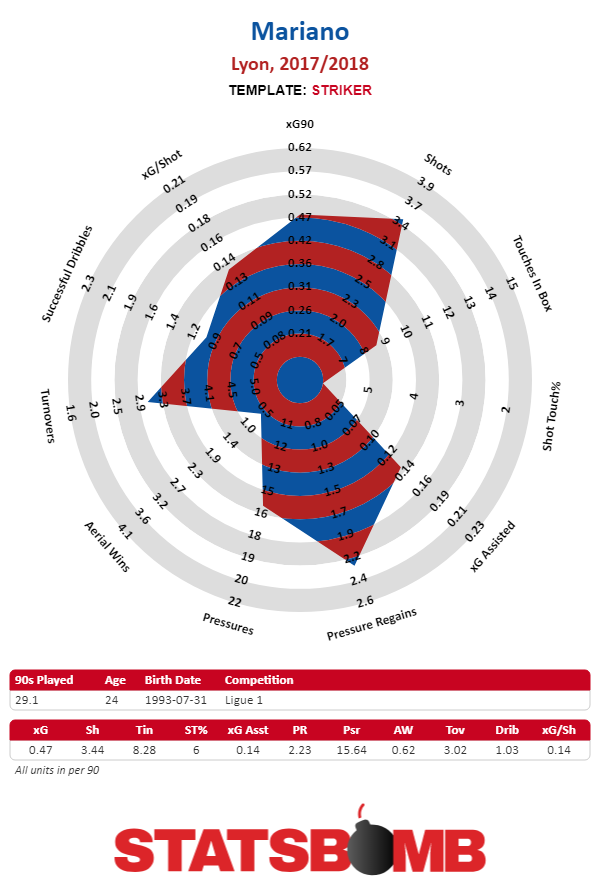 It's also at least a slight concern that his goal total from last year, 17 from open play, outpaced his xG of 13.78. That said, he's also shown an ability to get into good spots in the center of the penalty area, and he's moving to one of the most talented sides in the world. The best case scenario is that the raft of elite passers Madrid have can elevate Mariano as he adds some of the shooting boots that the team is lacking heading into the post Ronaldo period.
It's also at least a slight concern that his goal total from last year, 17 from open play, outpaced his xG of 13.78. That said, he's also shown an ability to get into good spots in the center of the penalty area, and he's moving to one of the most talented sides in the world. The best case scenario is that the raft of elite passers Madrid have can elevate Mariano as he adds some of the shooting boots that the team is lacking heading into the post Ronaldo period. 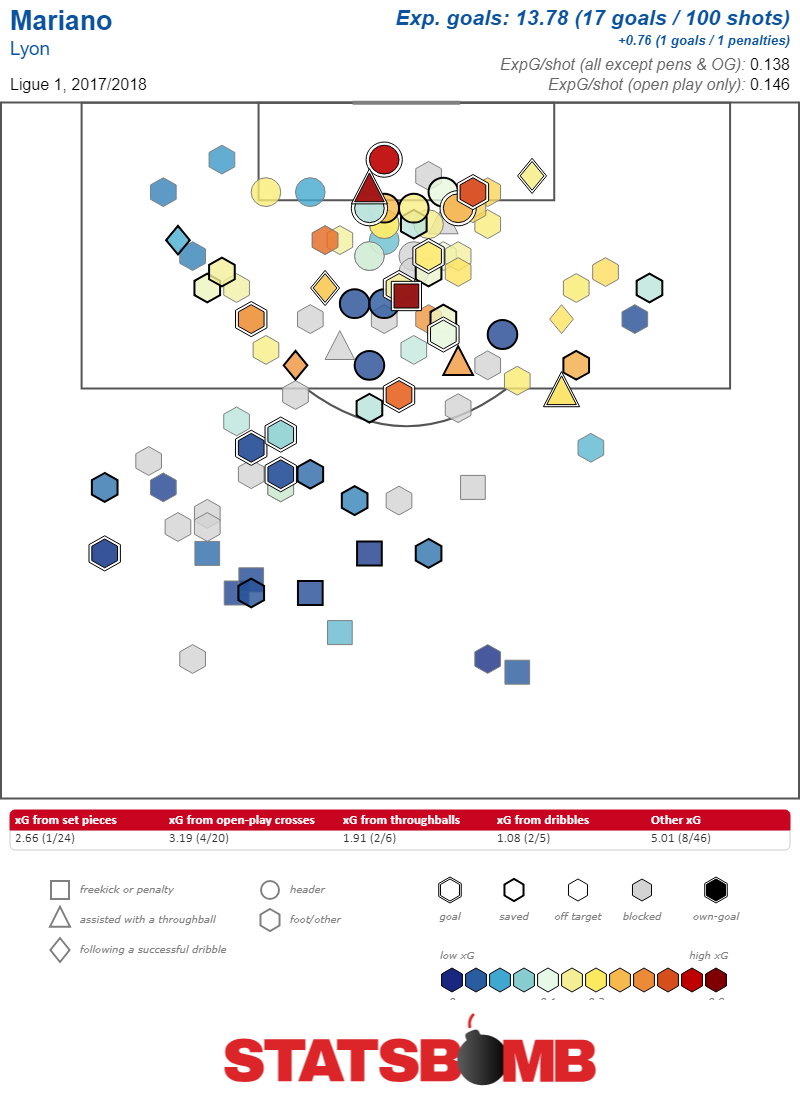
Atletico Madrid
To finish up the trio, Atletico is perhaps the team that improved the most while also rejuvenating. With Gabi leaving to Qatar, Rodri – twelve years younger than the former captain – has taken his spot after showing off as a great high volume deep passer in Villarreal’s midfield last season. 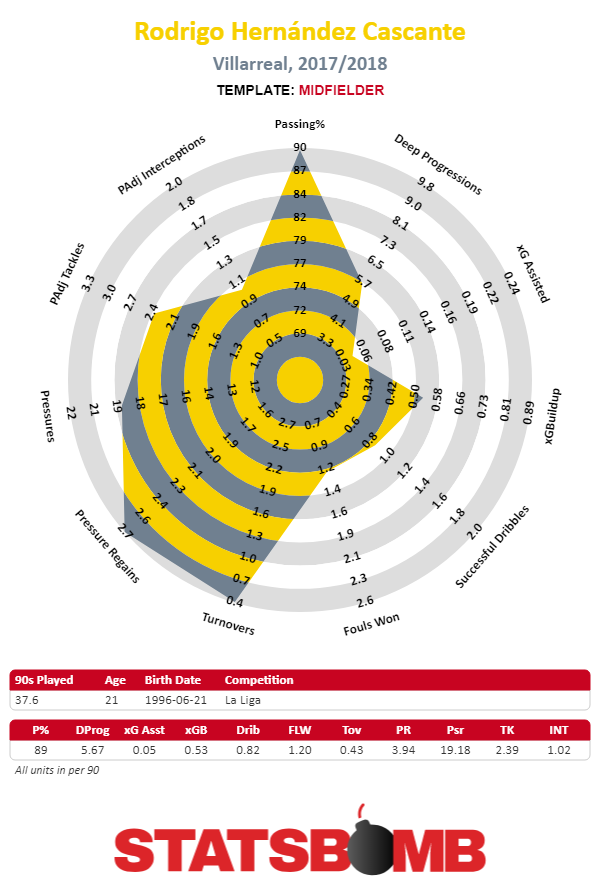 Thomas Lemar divides people (including me) through his heavy price-tag, but the Frenchman is undoubtedly a great player and will only turn 23 in November. The World Cup winner dropped back to a more plausible scoring rate last campaign, but retained his ball-carrying and creative numbers that could thrive in an Atleti system in which he arguably fits in better than he would have at other teams he was linked to, like Liverpool.
Thomas Lemar divides people (including me) through his heavy price-tag, but the Frenchman is undoubtedly a great player and will only turn 23 in November. The World Cup winner dropped back to a more plausible scoring rate last campaign, but retained his ball-carrying and creative numbers that could thrive in an Atleti system in which he arguably fits in better than he would have at other teams he was linked to, like Liverpool. 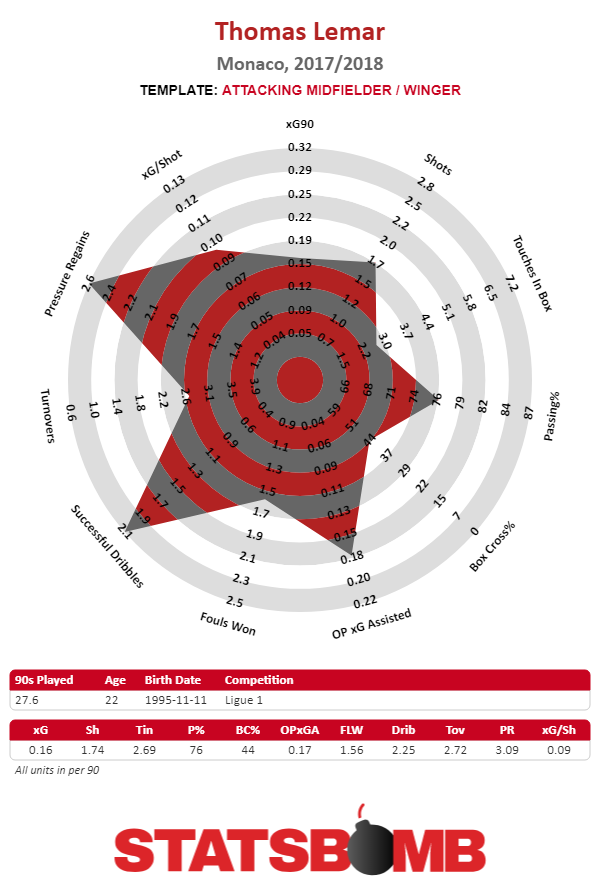 After finishing last season on a high note, Angel Correa becomes a bench option much like Gelson Martins who was signed from Sporting. As someone that has watched Gelson’s every senior match, I very much doubt the possibility of him turning into an elite winger but if he is to make the step up, Atleti is the ideal spot. He’s still missing a lot of things when it comes to end product and decision making in the final third, but he thrives on the counter and puts in plenty of defensive work without possession. His move seems to capitalize on his strengths and is difficult to argue against if it really ends up really happening without a transfer fee. Santiago Arias has been one of the most consistent right-backs in Europe for the past couple of seasons and finally got his move out of the Eredivisie. He’s 26 already but was a no-brainer at €11 million and, at the very least, will not be a downgrade on Sime Vrsaljko who left for Inter Milan. Nikola Kalinic was brought in to cover the usual strikers and, while he isn’t the most exciting of the bunch and most would’ve preferred someone else, it’ll be at least interesting to see what can do in a better team set-up than he’s ever had to work in before. He finished 2nd and then 7th in the league for xG in his two Fiorentina campaigns while pretty much only having Borja Valero as a provider. Simeone has one of the deepest squads he’s had since arriving in Madrid and will be a legitimate candidate both in Spain and in Europe.
After finishing last season on a high note, Angel Correa becomes a bench option much like Gelson Martins who was signed from Sporting. As someone that has watched Gelson’s every senior match, I very much doubt the possibility of him turning into an elite winger but if he is to make the step up, Atleti is the ideal spot. He’s still missing a lot of things when it comes to end product and decision making in the final third, but he thrives on the counter and puts in plenty of defensive work without possession. His move seems to capitalize on his strengths and is difficult to argue against if it really ends up really happening without a transfer fee. Santiago Arias has been one of the most consistent right-backs in Europe for the past couple of seasons and finally got his move out of the Eredivisie. He’s 26 already but was a no-brainer at €11 million and, at the very least, will not be a downgrade on Sime Vrsaljko who left for Inter Milan. Nikola Kalinic was brought in to cover the usual strikers and, while he isn’t the most exciting of the bunch and most would’ve preferred someone else, it’ll be at least interesting to see what can do in a better team set-up than he’s ever had to work in before. He finished 2nd and then 7th in the league for xG in his two Fiorentina campaigns while pretty much only having Borja Valero as a provider. Simeone has one of the deepest squads he’s had since arriving in Madrid and will be a legitimate candidate both in Spain and in Europe.
Everybody Else
Below the trio, all the usual European-candidates did plenty of business this summer. After a very successful season in which they finished just three points away from third and six away from second, Valencia invested just as much as the big teams – most of it by doubling down on players who brought them success last campaign. They purchased Kondogbia and Gonçalo Guedes who were key for manager Marcelino during loan spells last season. Out of the true newcomers, Michy Batshuayi is the one we’re all hoping to see thrive after his explosive stint in Dortmund. I see him as an improvement to the departing Simone Zaza, in a squad full of quality options up top. Villarreal had to search for a Rodri replacement and they seem to have found him in Santiago Cáseres, who has been the biggest surprise of the first two league games for me so far. He’s only 21 and is fitting in perfectly into the high-volume passer, defensive-midfielder role that was essential for the Yellow Submarine last season – showing up well with and without possession. They also got themselves a new striker duo for a combined €38 million fee, with Gerard Moreno coming from Espanyol and Toko Ekambi from Angers. They're two forwards that excelled in their shot locations for sides without a lesser creative structure behind them. Under Quique Setién, Betis got a Europa League spot and the admiration of many for their style of play but managed to keep most of their squad together so didn’t have to add much. Fabian Ruiz was the single major out as he moved to Napoli for €30 million but has cleverly been replaced by Sergio Canales on a free. The club made sure to exploit expiring contracts as Pau Lopez and Takashi Inui also signed with no compensation for their previous clubs. The Japan international will be a tougher fit into the system, but the 23-year-old former Tottenham goalkeeper has already shown to be one of the best goalkeepers in the league and here will have the chance to shine with the ball at his feet as well. The biggest investment came in the form of William Carvalho, who became the second most expensive ever at the club. He divides opinions but should, at the very least, fit well within the team’s possession-based scheme. The other Seville team took advantage of Lenglet, Steven Nzonzi and Correa’s exits to profit off this transfer window while shifting their side to Pablo Machin’s preferred 3-4-3. The talent pool for it was mostly there already, so much so that the most expensive additions – Joris Gnagnon and Ibrahim Amadou – are starting the season as rotation options. André Silva seems the single most interesting newcomer and not just because he scored more goals on his debut than he did in the entirety of his Serie A stint. Machin will want his striker to provide plenty for the other forwards with his back towards goal, as well as being able to win duels and press, as well as someone who will take advantage of the plenty of chances this side will be able to create. Silva’s ability as a complete striker – who works off the ball, can connect well to set-up team-mates while remaining a threat himself – fits the bill. As a last minute newcomer, Quincy Promes will be a lovely addition to the inside forward options in Machin’s squad after three seasons in a row with more than 20 combined goals and assists in Russia. Options like Franco Vazquez and Pablo Sarabia are all more on the creative side, so the Dutchman will offer a different capacity to penetrate the box and get on the end of chances, that is required in the new system. Elsewhere, Real Sociedad only really invested by hitting Mikel Merino’s release clause of €12 million - a smart addition if he is to get anywhere close to the form he hit upon arrival in England. Theo Hernandez’s loan from Real Madrid could prove very useful as well: it's tough be Marcelo’s number two, but his attacking numbers back in 2016/17 with Alavés showed a lot of promise. Celta had such a good summer we have an entire article on their moves. Further down the table, newly promoted duo of Rayo and Huesca took some intriguing steps into the transfer market. Huesca got themselves one of the league’s most consistent full-backs on a free deal (Luisinho) and still had time to take a punt in goal scoring Turkish winger Serdar Gurler for only €2.5 million. The Turkish league isn’t exactly the safest market to buy from but he was one of its top scorers for two seasons running while playing for less than great teams and at this price is relatively low risk. Rayo have been just as smart with their investments. Jordi Amat played over 2000 minutes for Betis last season and arrived for just €1 million while Manchester City youth product Pozo didn’t cost much more than that after a season in the second Spanish tier. Michel’s side still managed to add their top scorer from last season (De Tomás) and one of the best full-backs at the World Cup (Advincula) both on loan – it doesn’t get much better than this for a newly promoted side. We obviously can’t much everyone but, to finish up, here’s a couple more names to follow for one reason or the other. Patrick Roberts at Girona, for stepping out of his British comfort zone. The battle between four above average strikersat Alavés: Borja Bastón, Guidetti, Calleri and Sobrino. And finally, Yuri Berchiche’s move to Bilbao after a season in Paris that was solid, despite perhaps not being too flashy. He’ll be a key part of the eleven in a transition season at Athletic.
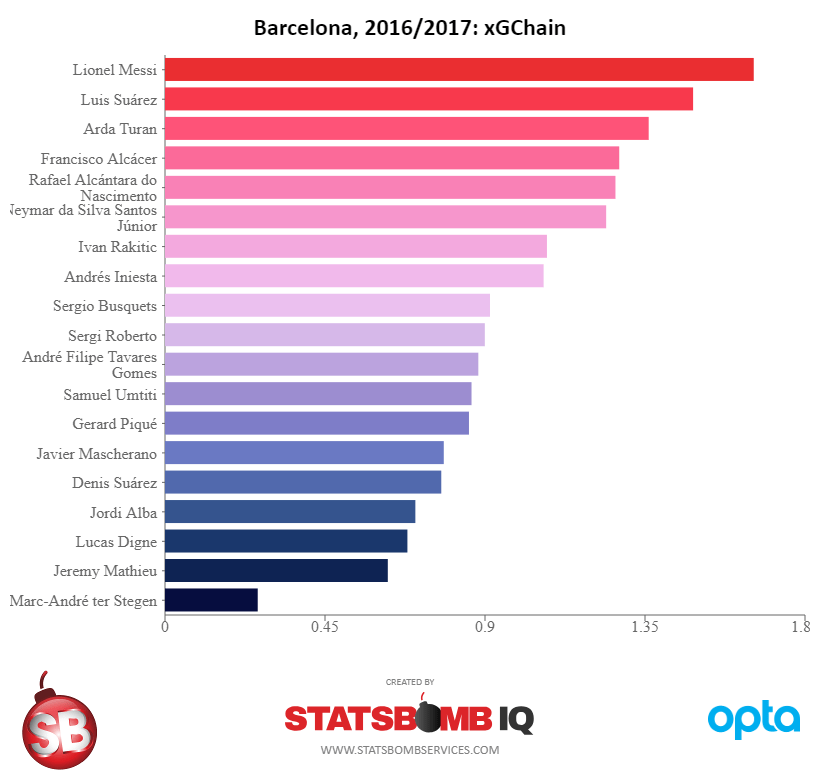
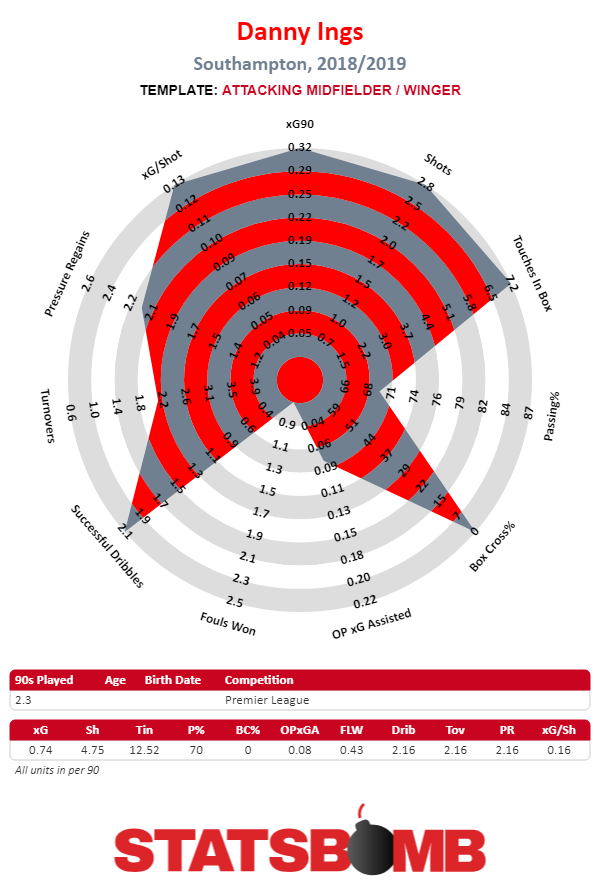
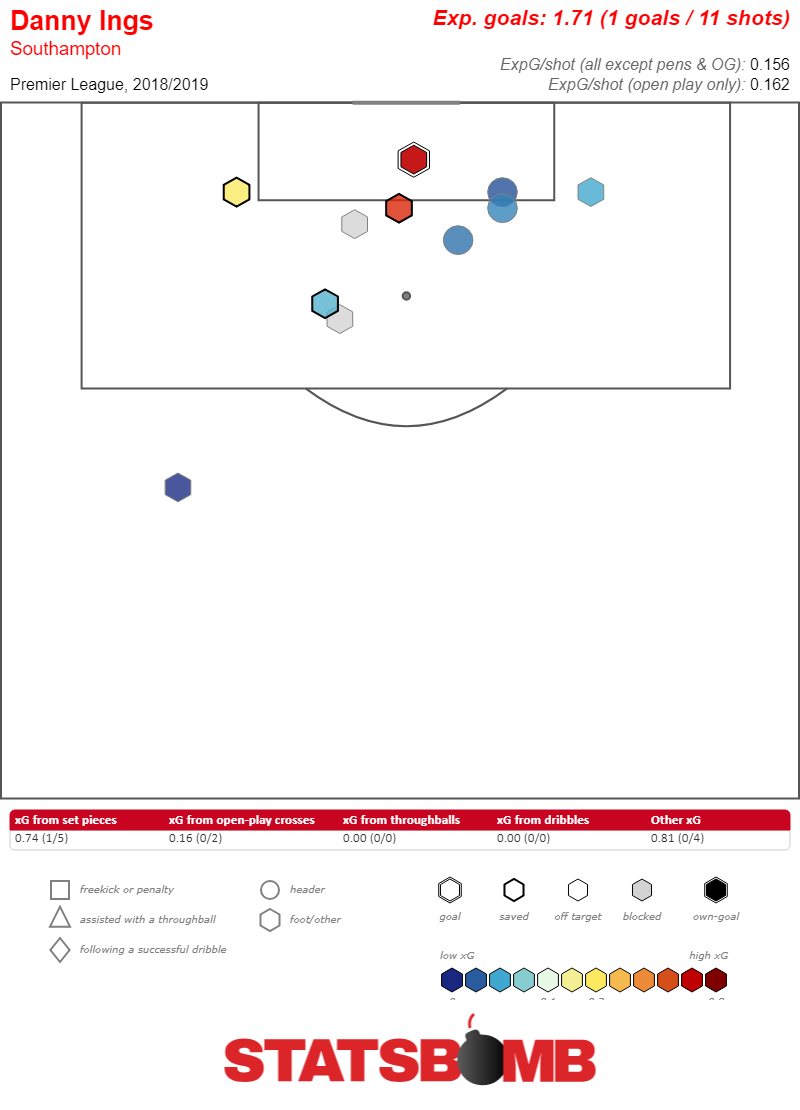
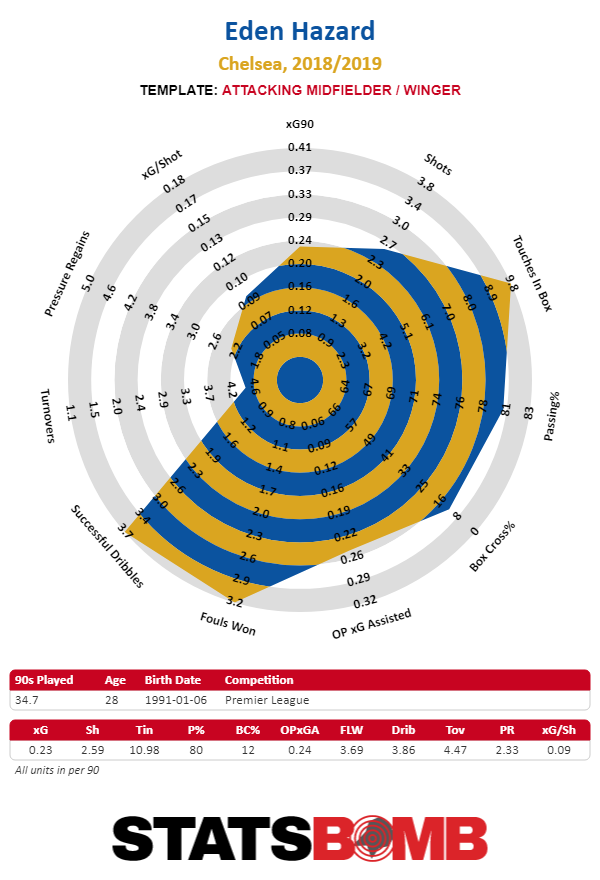
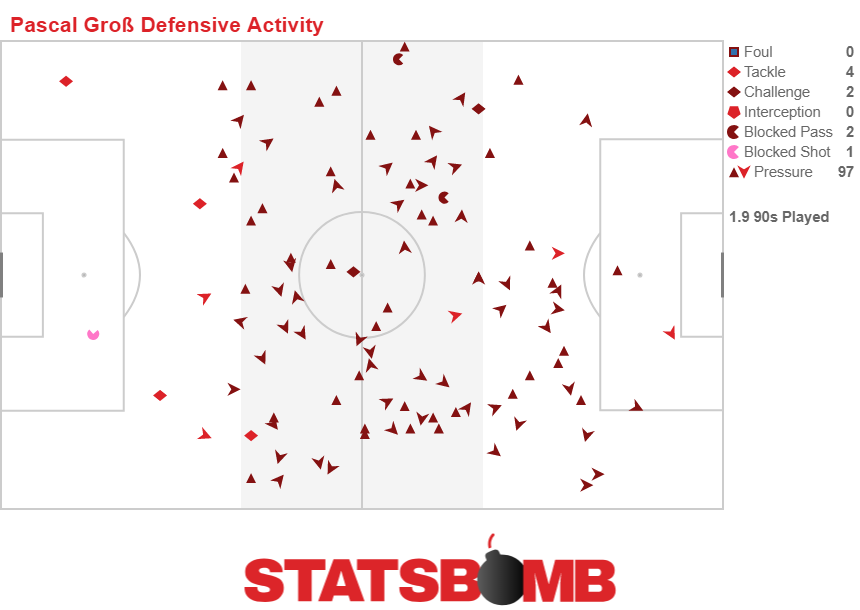
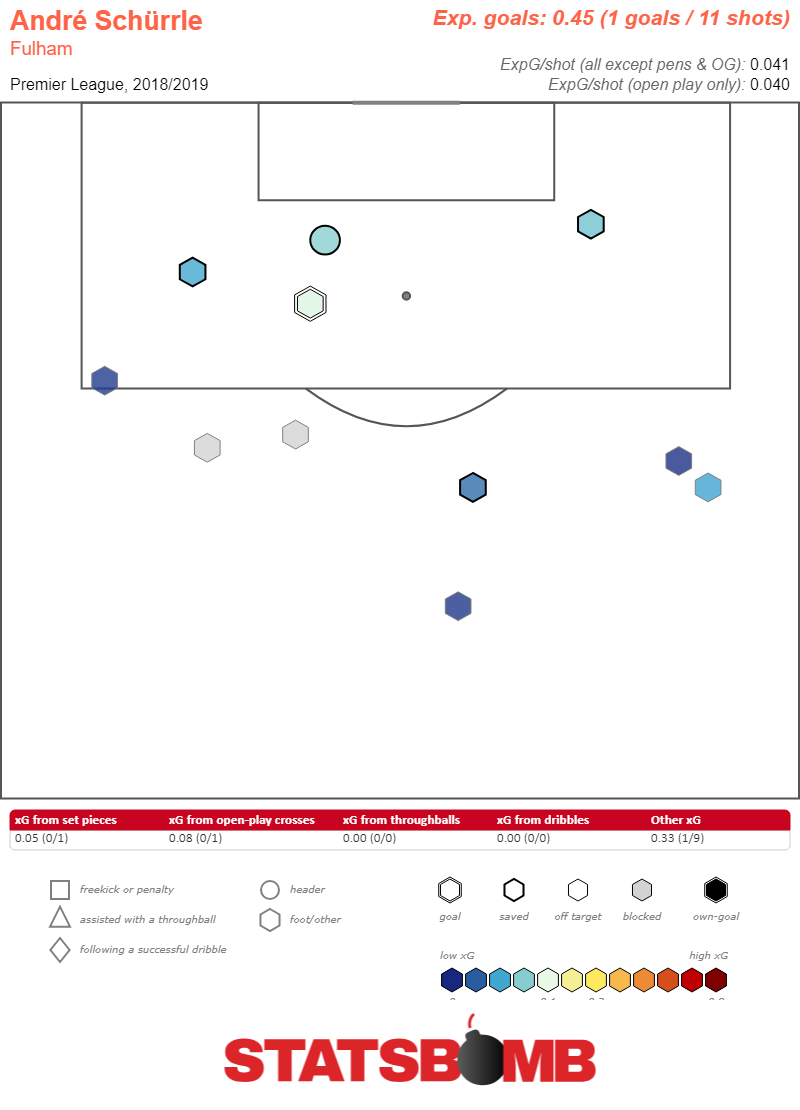
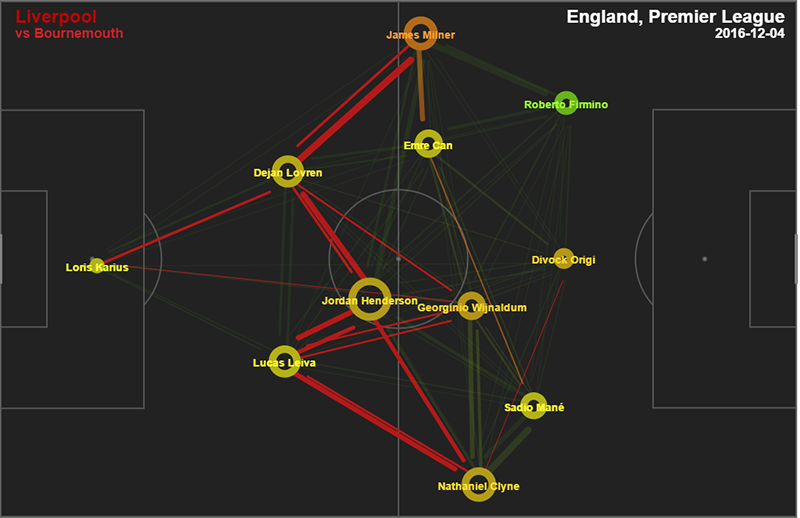
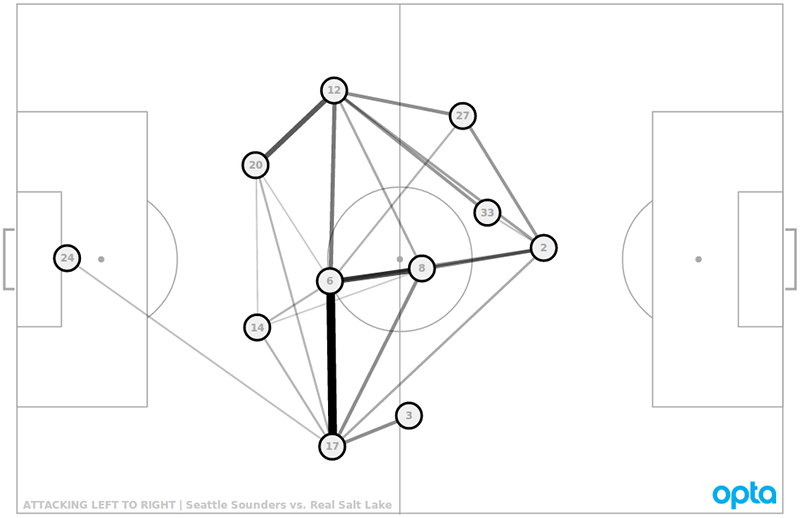
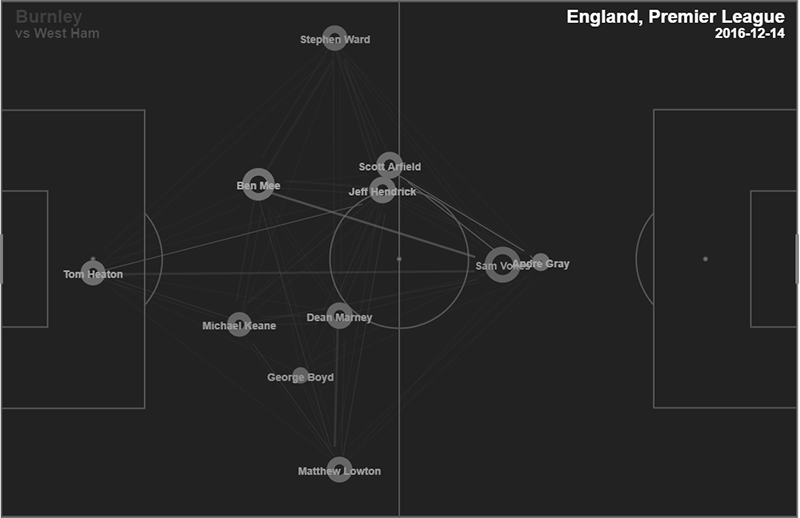
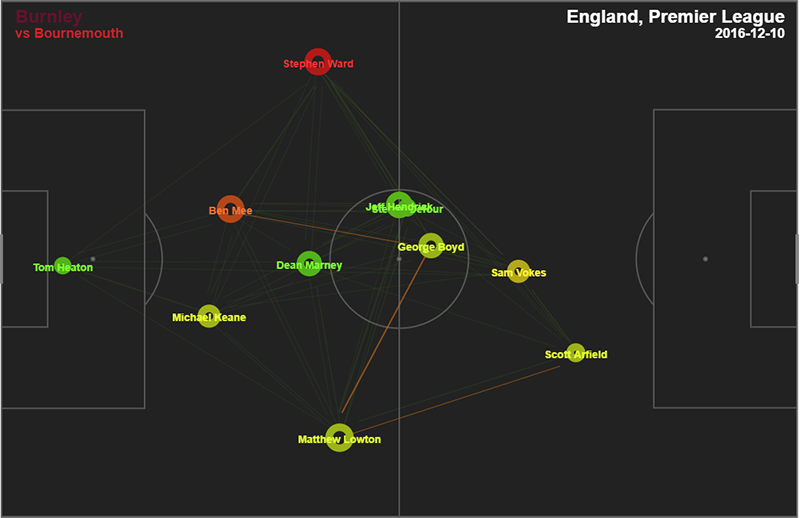
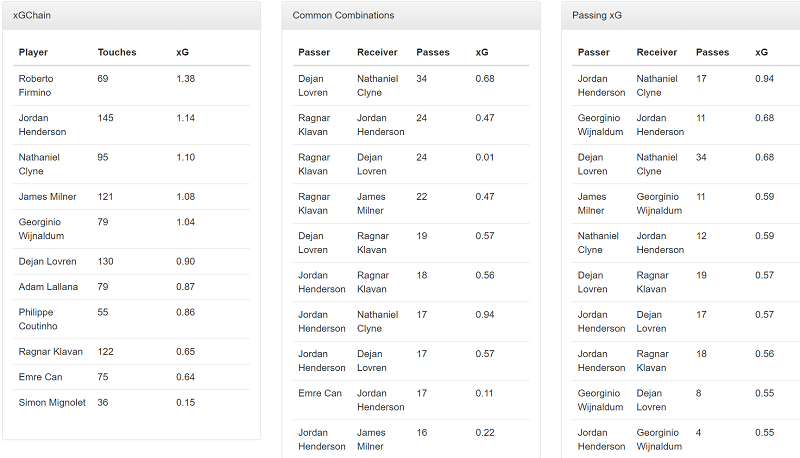
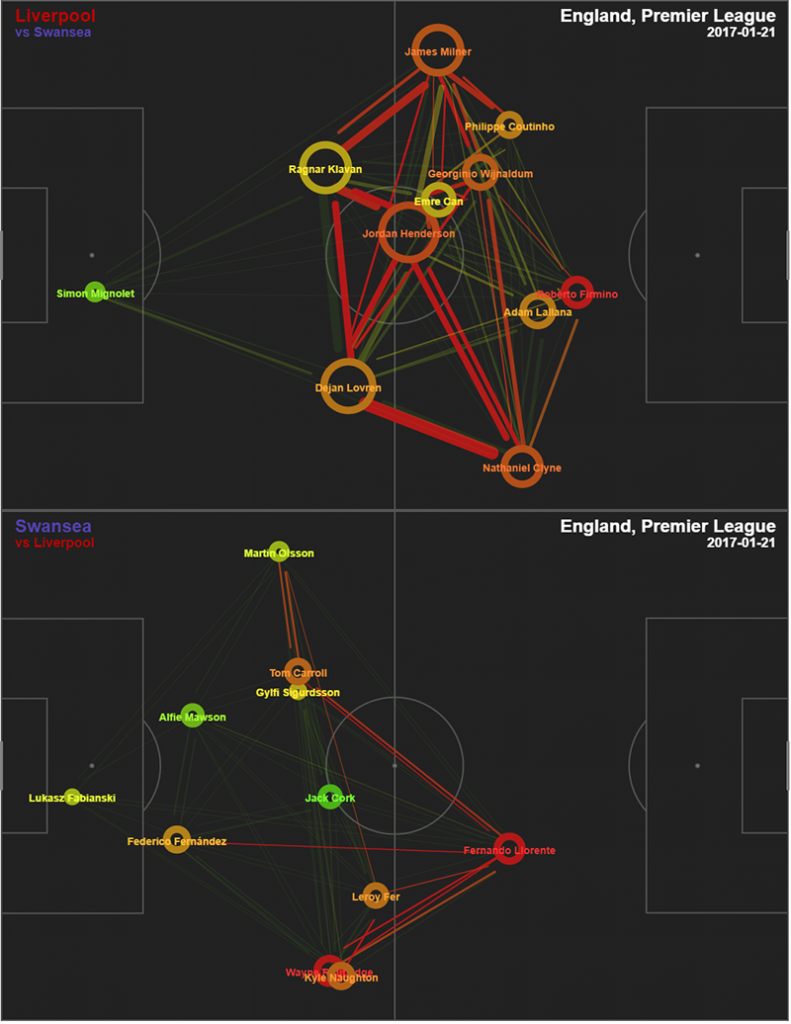
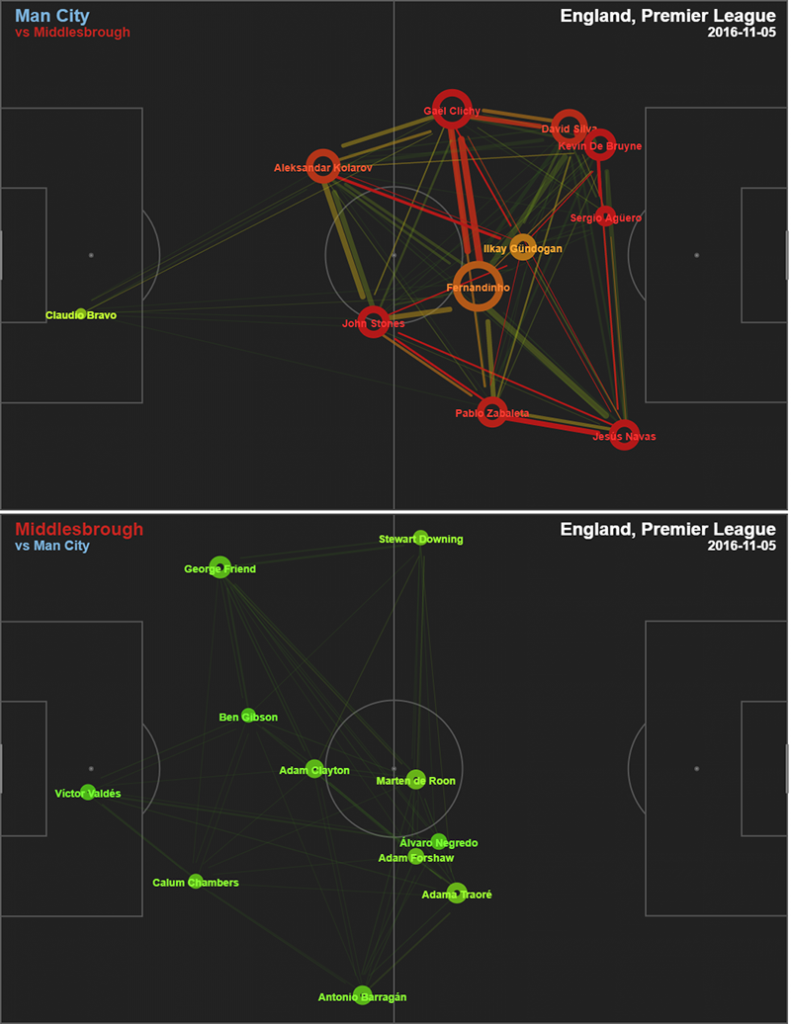
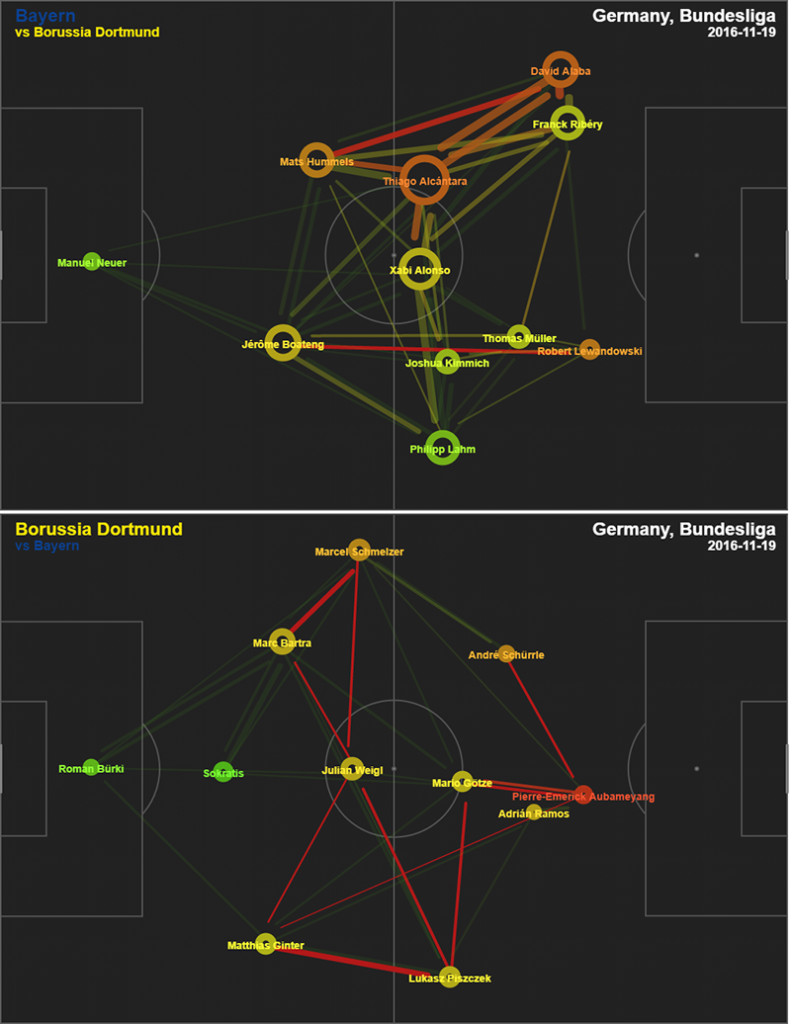
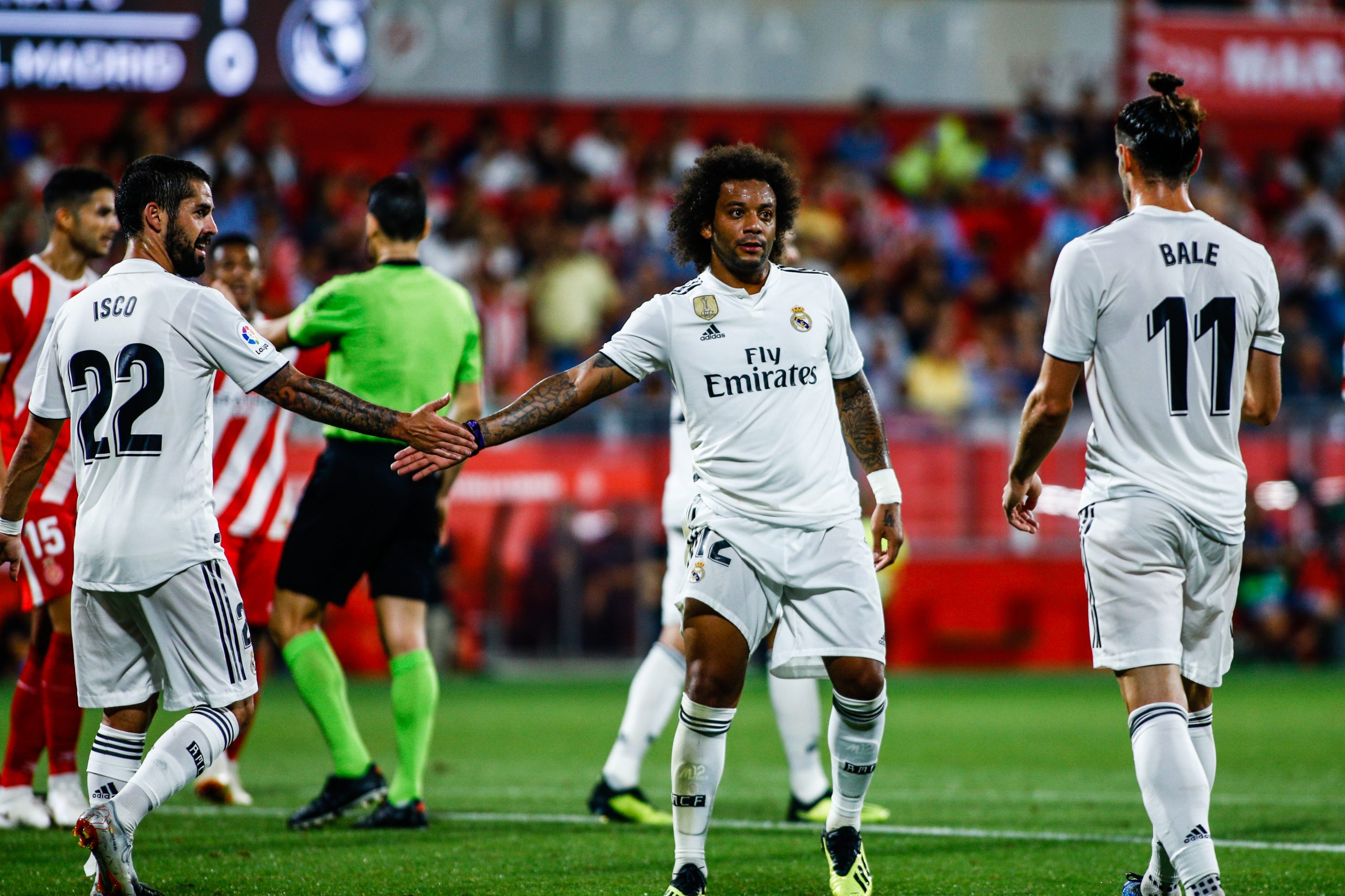
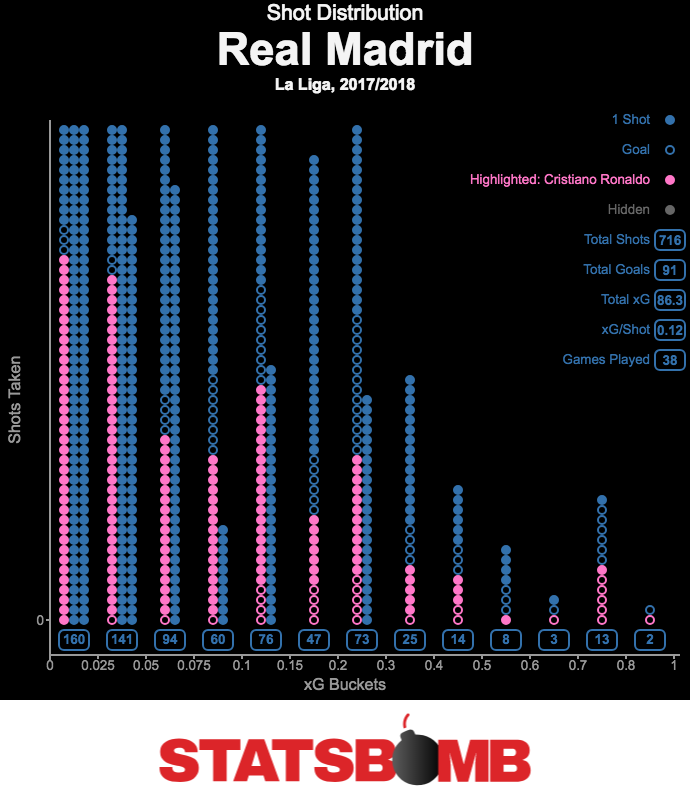
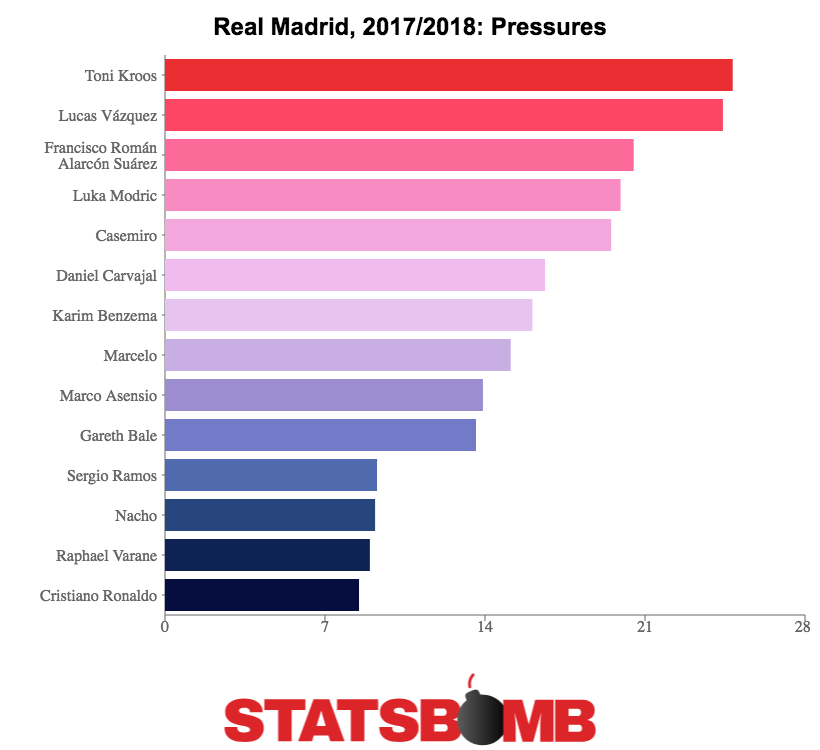
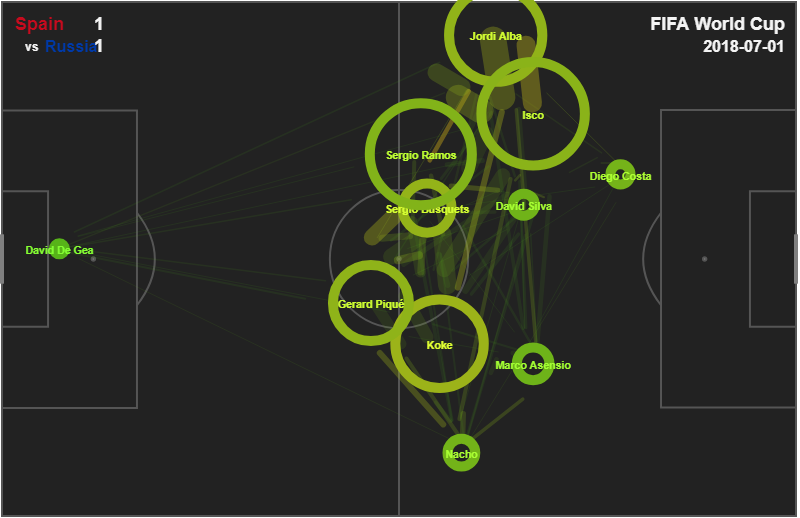
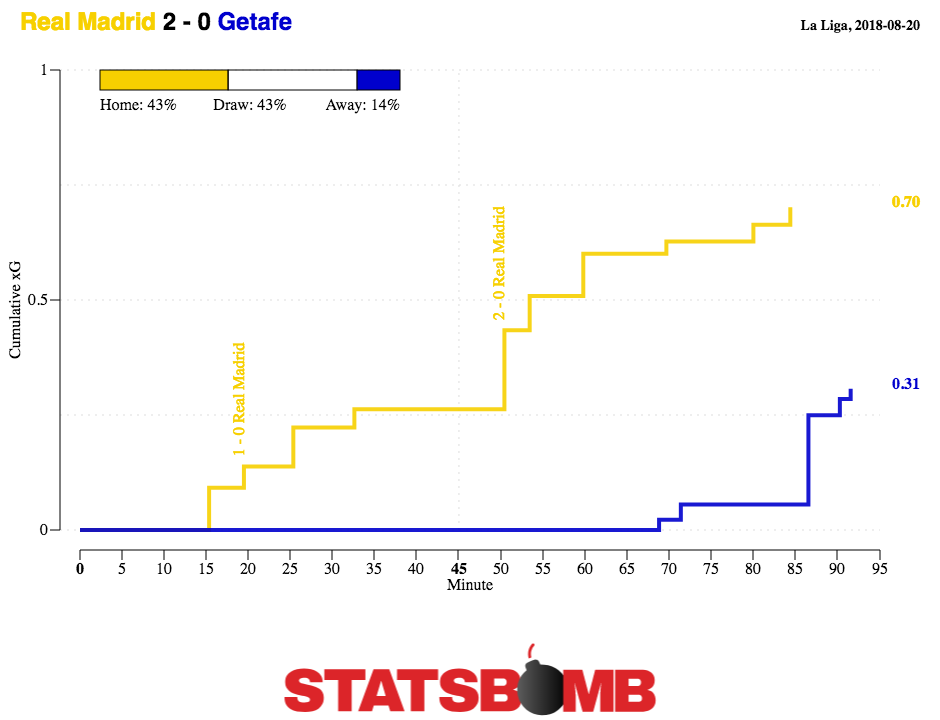
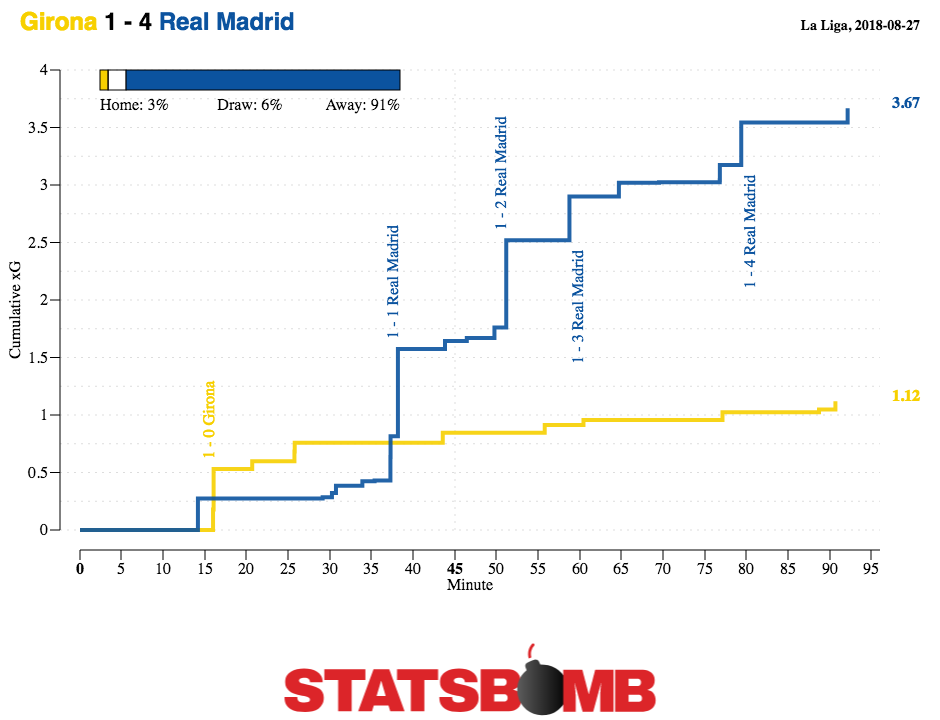
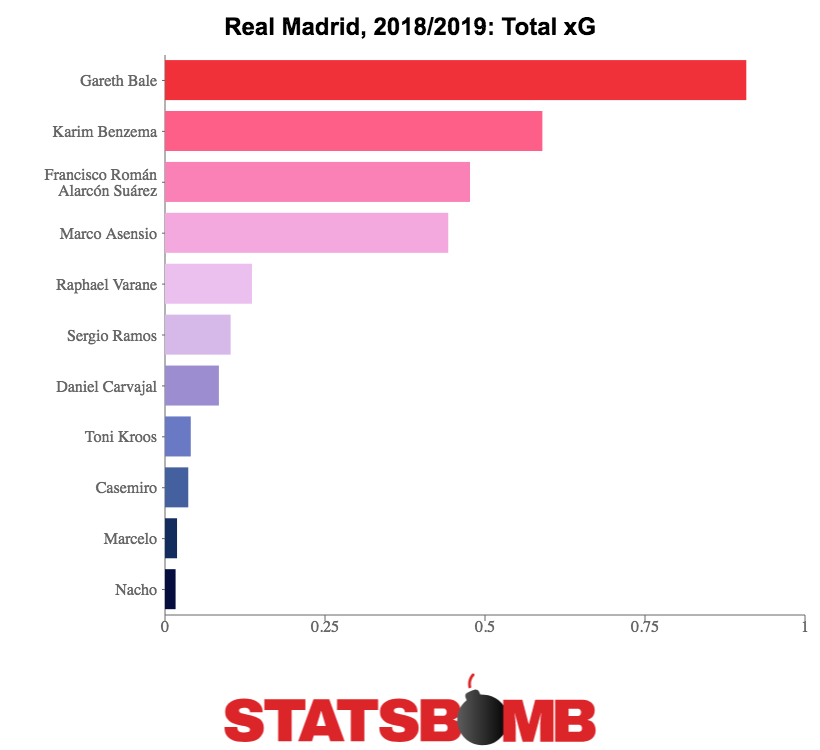
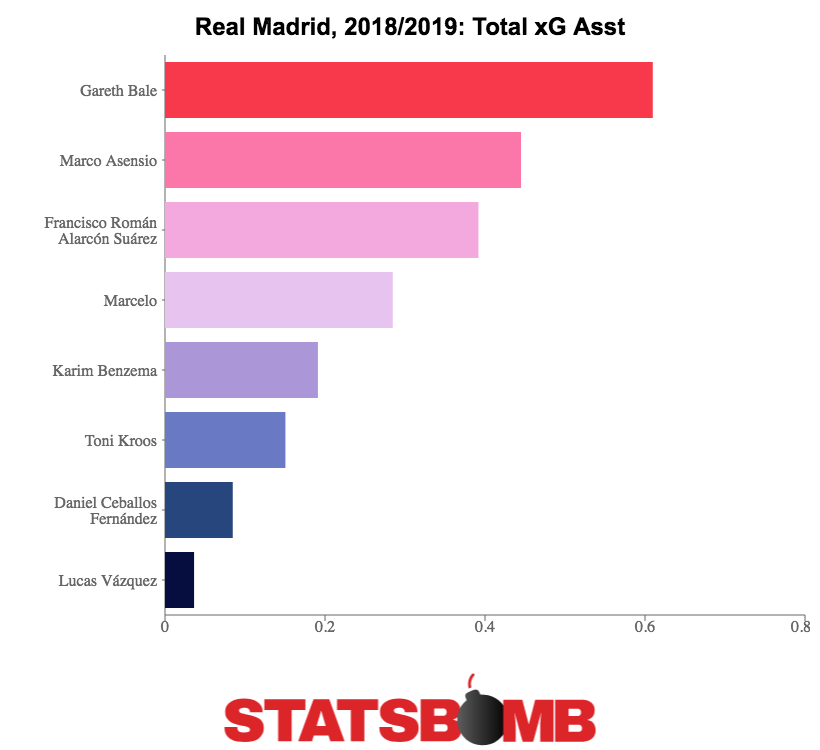
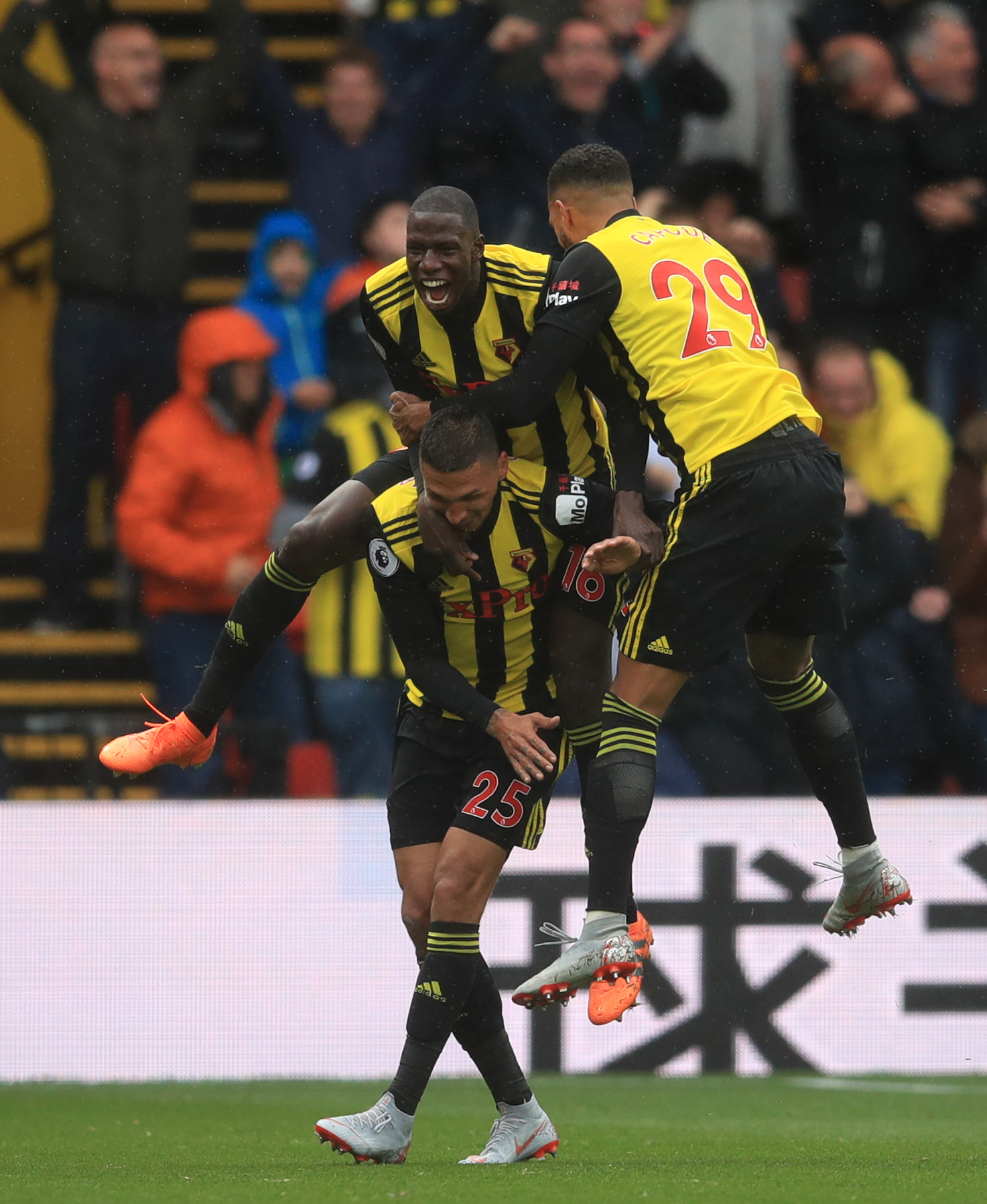
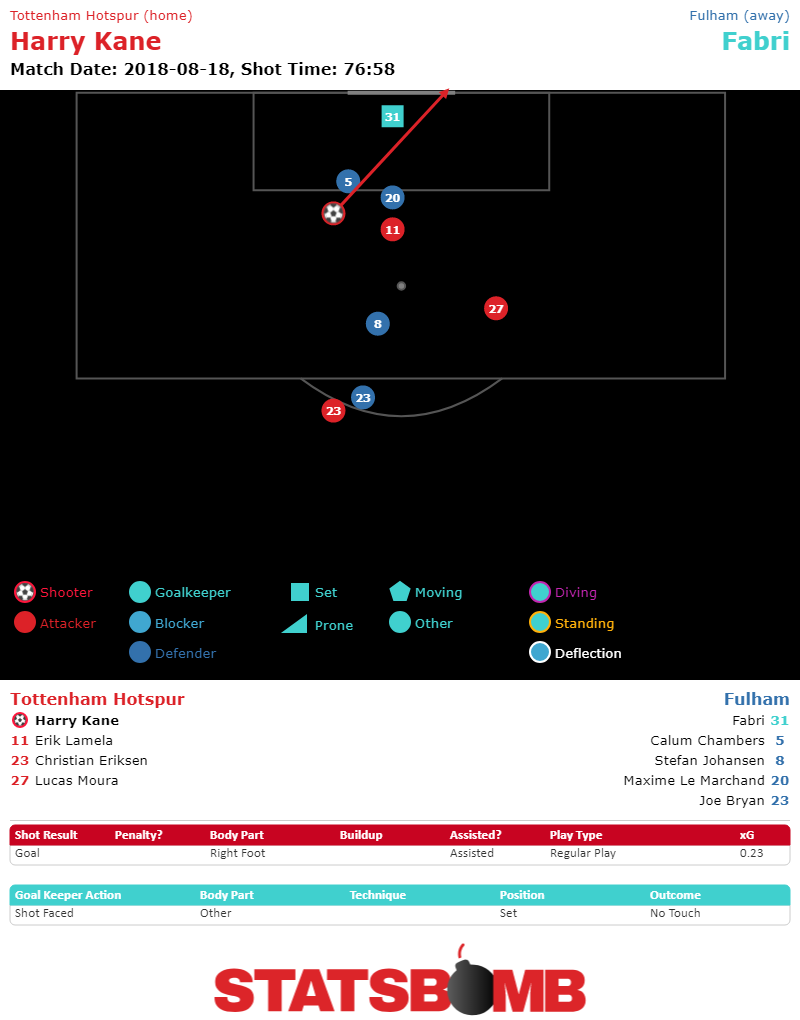
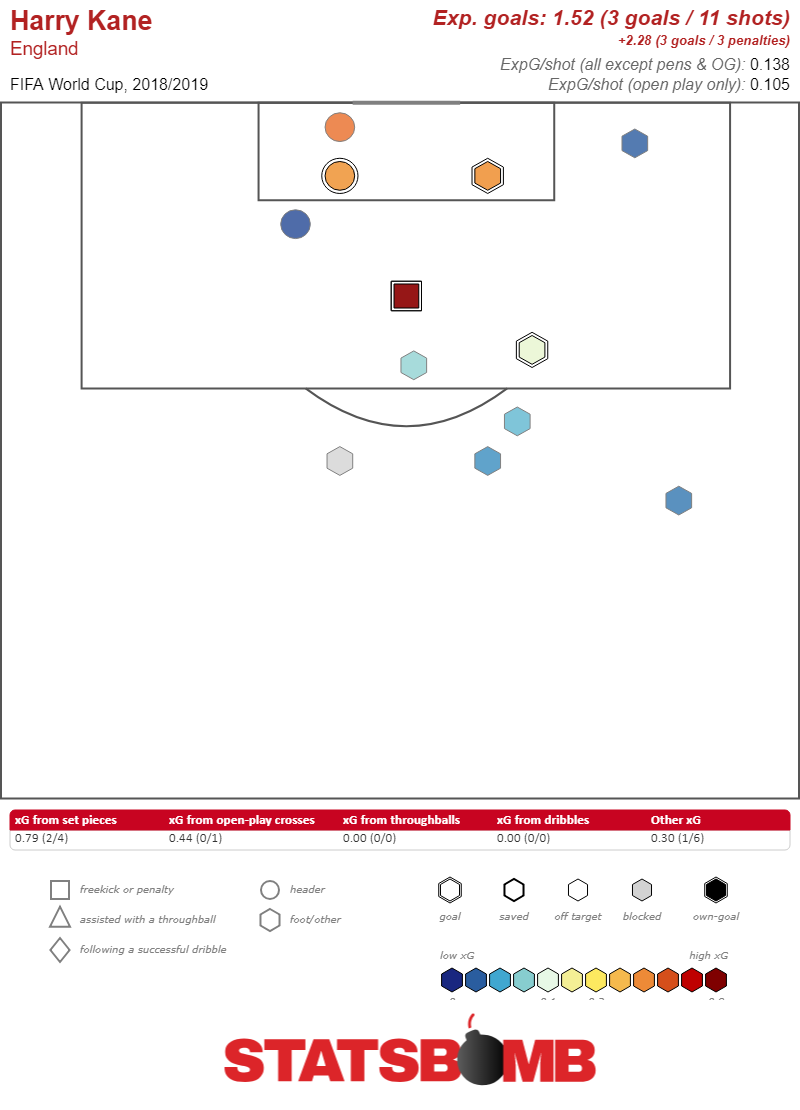 Strip out the penalties and all that’s left is three goals on 11 shots in six games, and an even less impressive xG of 1.52. There are reasons beyond just himself that Kane struggled of course. England played a sound, but ultimately unimaginative, style, and Kane spent much of his time dropping into midfield to help progress the ball while Raheem Sterling or Marcus Rashford tried to run in behind opposing defenses. With relatively little extended possession in the final third, England didn’t work effectively to create chances for Kane, even as Kane seemed unable to create them for himself. So, Kane watch continued, and the concern grew. Football is chock full of players whose careers have been permanently slowed by injury. The obvious and recent example of course is Fernando Torres (even ignoring a slight late career renaissance with Atletico Madrid). It’s an inexact comparison because Torres’s game with Liverpool was built on top of his speed. He played in a side specifically constructed to squeeze him in behind defenses and let him outrun them. When Torres’s hamstrings decided they’d had enough, it took away the foundation of what he did so well. Kane, on the other hand, does not have a game built from speed. He gets in great goal scoring positions not by fastest to them in a sprint but by being first to them in more congested areas. That’s not to say he’s not a prodigious athlete. He is. It's just that the interplay between entirely healthy legs and his ability to score goals is more complicated than how the speedy Torres works. It's certainly possible that Kane's ankle injury could permanently hamper him, but the story would have to be more complicated. Which brings us back to Kane’s goal. The process of scoring that goal involves tons of tiny decisions, even as Lamela did most of the creating. Here’s how the shot ended up.
Strip out the penalties and all that’s left is three goals on 11 shots in six games, and an even less impressive xG of 1.52. There are reasons beyond just himself that Kane struggled of course. England played a sound, but ultimately unimaginative, style, and Kane spent much of his time dropping into midfield to help progress the ball while Raheem Sterling or Marcus Rashford tried to run in behind opposing defenses. With relatively little extended possession in the final third, England didn’t work effectively to create chances for Kane, even as Kane seemed unable to create them for himself. So, Kane watch continued, and the concern grew. Football is chock full of players whose careers have been permanently slowed by injury. The obvious and recent example of course is Fernando Torres (even ignoring a slight late career renaissance with Atletico Madrid). It’s an inexact comparison because Torres’s game with Liverpool was built on top of his speed. He played in a side specifically constructed to squeeze him in behind defenses and let him outrun them. When Torres’s hamstrings decided they’d had enough, it took away the foundation of what he did so well. Kane, on the other hand, does not have a game built from speed. He gets in great goal scoring positions not by fastest to them in a sprint but by being first to them in more congested areas. That’s not to say he’s not a prodigious athlete. He is. It's just that the interplay between entirely healthy legs and his ability to score goals is more complicated than how the speedy Torres works. It's certainly possible that Kane's ankle injury could permanently hamper him, but the story would have to be more complicated. Which brings us back to Kane’s goal. The process of scoring that goal involves tons of tiny decisions, even as Lamela did most of the creating. Here’s how the shot ended up. 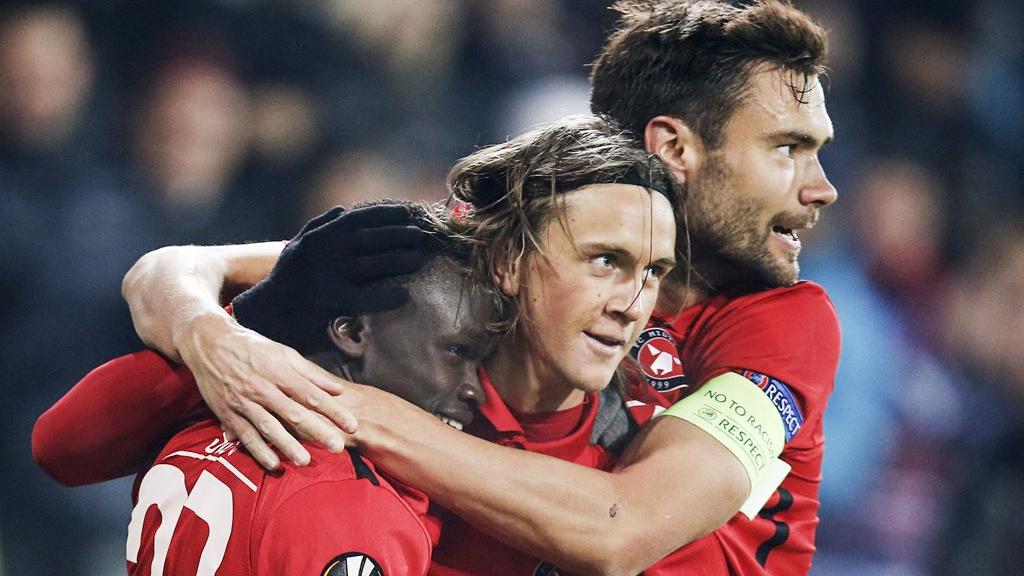
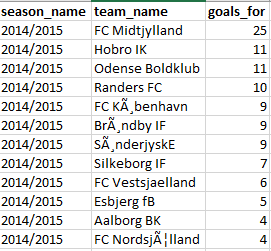
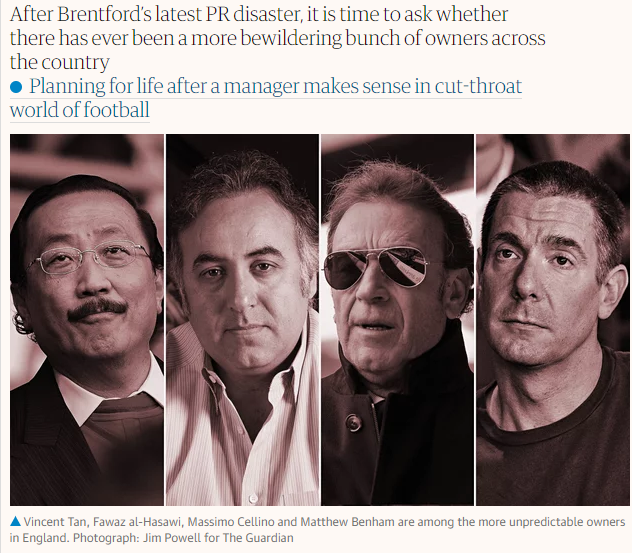
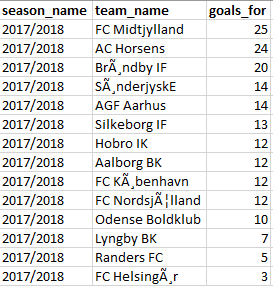
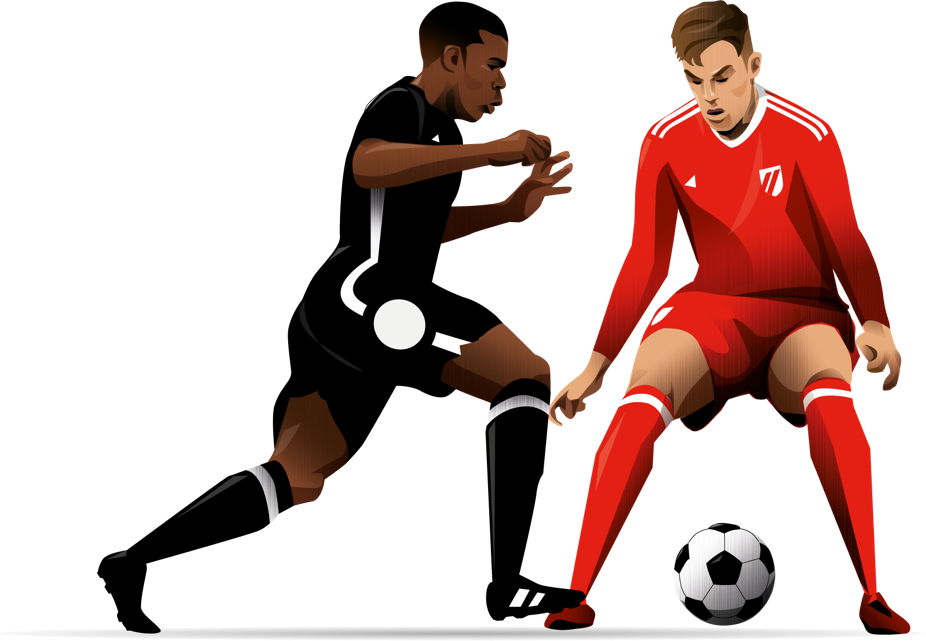
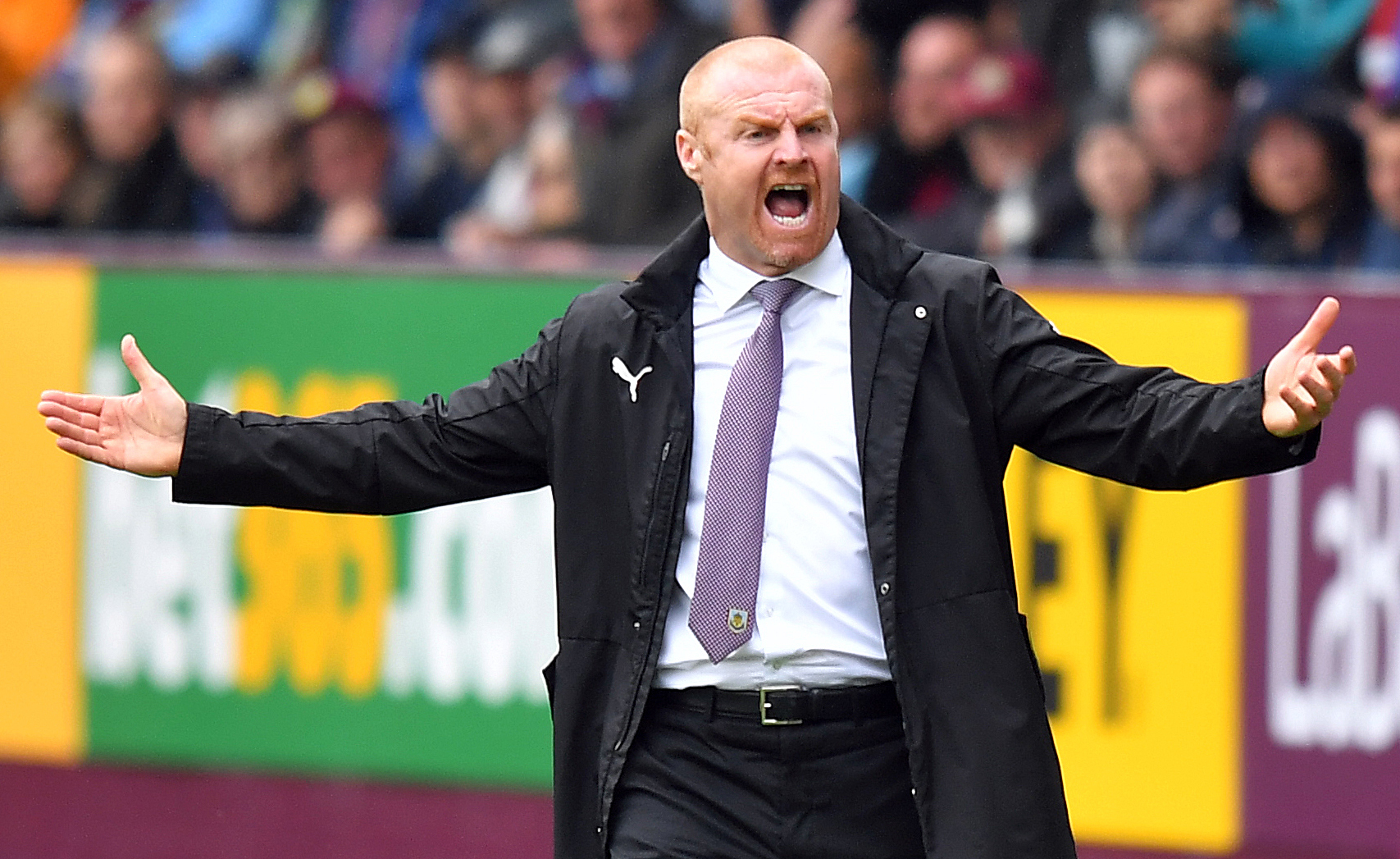
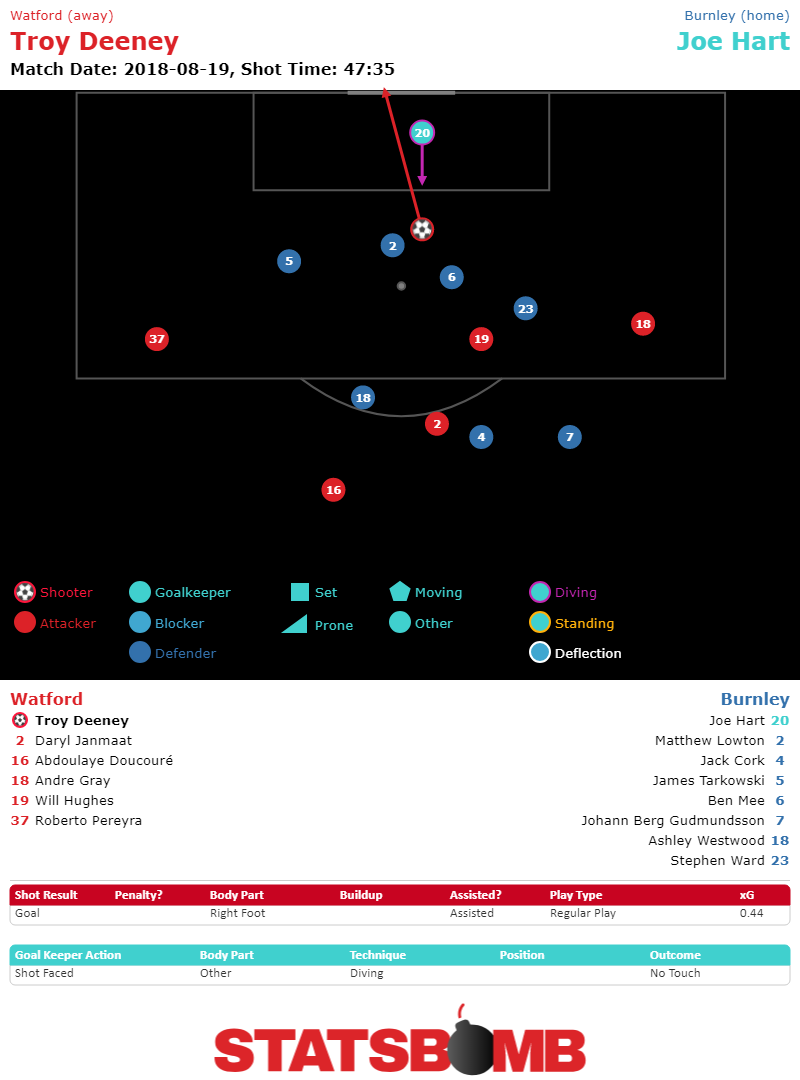 Maybe Burnley’s defense simply had an off day, it happens. But it’s worth considering that the three goals they’ve conceded are in line with the 2.9 expected goals, the model predicts. The questions around Burnley have often surrounded their mysterious ability to concede fewer goals than expected goals might predict. That's not what's happened so far this season. Instead, Dyche's team's xG has gotten worse, moving from 1.27 per game to 1.45. That would be a surprising result were it to persist. Most likely this is just a rough start, and the team's defensive xG will move back towards where we expect it to be, but even then don't be surprised if Burnley concede more goals this season than last.
Maybe Burnley’s defense simply had an off day, it happens. But it’s worth considering that the three goals they’ve conceded are in line with the 2.9 expected goals, the model predicts. The questions around Burnley have often surrounded their mysterious ability to concede fewer goals than expected goals might predict. That's not what's happened so far this season. Instead, Dyche's team's xG has gotten worse, moving from 1.27 per game to 1.45. That would be a surprising result were it to persist. Most likely this is just a rough start, and the team's defensive xG will move back towards where we expect it to be, but even then don't be surprised if Burnley concede more goals this season than last. 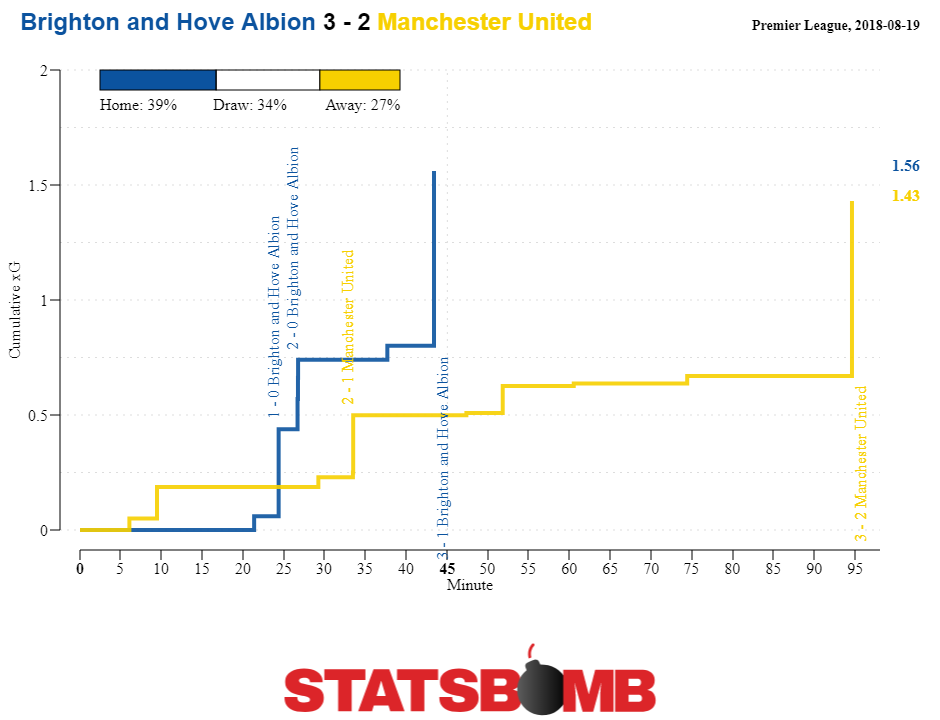 So, yes, Mourinho was right to say his team was harshly punished for their mistakes. But, that only diagnosis part of the problem. United have spent the better part of the last season and change only being able to get results if circumstances are favorable. They’ve gotten away with it because David De Gea has been so good in goal, that United simply haven’t dealt with very many situations where they’ve been harshly punished. But, that’s not generally how the world works. The best teams need to be able to win even when they get an ugly path. They need to be able to generate attacking impetus to chase down the game after getting a bad break, and to score anyway. United's performance against Brighton showed no signs of being able to do that, late penalty not withstanding. United spent a year being bailed out by De Gea, but even the best keeper in the world isn’t going to be unbeatable every week of the season year after year. United avoided those inevitable human days last season. This is what they look like when they don’t.
So, yes, Mourinho was right to say his team was harshly punished for their mistakes. But, that only diagnosis part of the problem. United have spent the better part of the last season and change only being able to get results if circumstances are favorable. They’ve gotten away with it because David De Gea has been so good in goal, that United simply haven’t dealt with very many situations where they’ve been harshly punished. But, that’s not generally how the world works. The best teams need to be able to win even when they get an ugly path. They need to be able to generate attacking impetus to chase down the game after getting a bad break, and to score anyway. United's performance against Brighton showed no signs of being able to do that, late penalty not withstanding. United spent a year being bailed out by De Gea, but even the best keeper in the world isn’t going to be unbeatable every week of the season year after year. United avoided those inevitable human days last season. This is what they look like when they don’t. 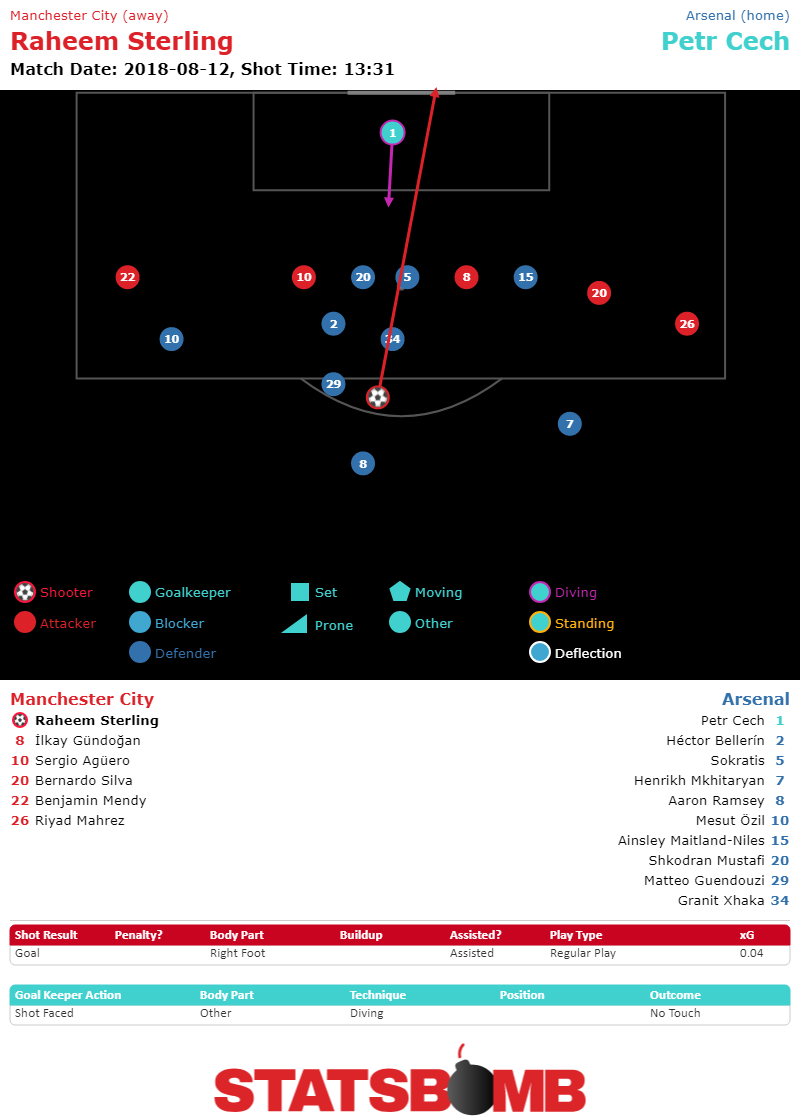 Unlike with Morata, it’s fair to say that based on the bulk of his history, that specific kind of goal is an unlikely one for Sterling. On the one hand, Sterling is a terrific goal scorer, on the other, the goal he scored in City’s opener against Arsenal is genuinely one he hasn’t shown a proficiency for over the course of his career. If he begins to add the occasional bomb from the edge of the penalty area to his game then look out. It’s useful to keep that dichotomy in mind as the season progresses. Expect Sterling to score goals, but don’t expect too many like that one. And finally there’s Richarlison. The price tag of his move to Everton raised eyebrows this summer. He was after all, a player with only five Premier League goals to his name moving for £40 million. The knock against him was his lack of end product, a reasonable reaction to the fact that those five goals were significantly below the double digit expected return on his 102 shots. He’s now scored three in his first two games with Everton. Here again, this is only surprising is your starting assumption was that, in fact, Richarlison was in some meaningful way a bad finisher. The power of expected goals though is that it allows for a more basic, and accurate assumption, namely that Richarlison was probably not nearly as bad a finisher as his stats indicated last season, and that he’d likely be just fine in the long run. Similarly, Everton shouldn’t expect Richarlison to keep scoring multiple goals from a set of chances that only works out to 0.55 xG.
Unlike with Morata, it’s fair to say that based on the bulk of his history, that specific kind of goal is an unlikely one for Sterling. On the one hand, Sterling is a terrific goal scorer, on the other, the goal he scored in City’s opener against Arsenal is genuinely one he hasn’t shown a proficiency for over the course of his career. If he begins to add the occasional bomb from the edge of the penalty area to his game then look out. It’s useful to keep that dichotomy in mind as the season progresses. Expect Sterling to score goals, but don’t expect too many like that one. And finally there’s Richarlison. The price tag of his move to Everton raised eyebrows this summer. He was after all, a player with only five Premier League goals to his name moving for £40 million. The knock against him was his lack of end product, a reasonable reaction to the fact that those five goals were significantly below the double digit expected return on his 102 shots. He’s now scored three in his first two games with Everton. Here again, this is only surprising is your starting assumption was that, in fact, Richarlison was in some meaningful way a bad finisher. The power of expected goals though is that it allows for a more basic, and accurate assumption, namely that Richarlison was probably not nearly as bad a finisher as his stats indicated last season, and that he’d likely be just fine in the long run. Similarly, Everton shouldn’t expect Richarlison to keep scoring multiple goals from a set of chances that only works out to 0.55 xG. 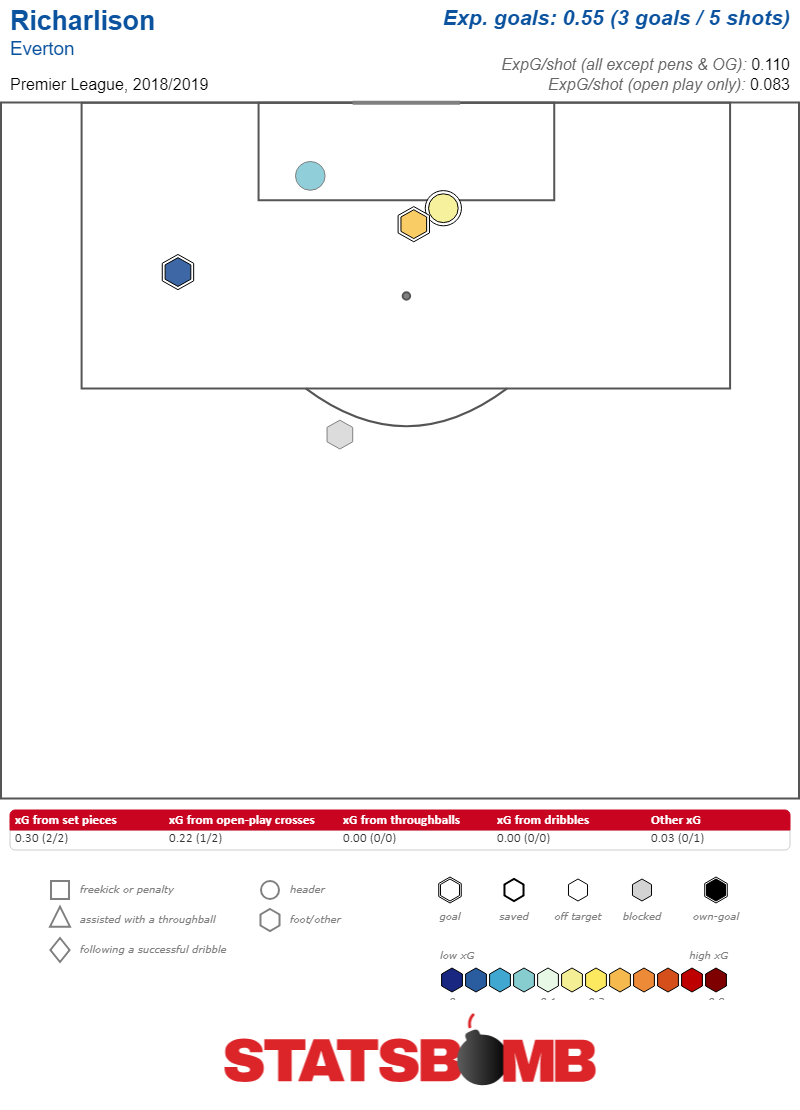 Morata’s own history provides lots of reasons to expect the kind of goal he scored against Arsenal to be a normal occurrence. Sterling’s career provides evidence that he’ll score a lot, but not necessarily in the way he opened his account this season. For Richarlison, it’s his underlying numbers that make his goal scoring run expected. One of the powers of expected goals is that it anchors expectations rather than then sending observers chasing their eyes for a reason after every hot or cold streak. So, these goals from the young Brazilian aren’t unexpected given the more robust baseline that xG provides. Similarly, don’t expect them to continue at quite this pace.
Morata’s own history provides lots of reasons to expect the kind of goal he scored against Arsenal to be a normal occurrence. Sterling’s career provides evidence that he’ll score a lot, but not necessarily in the way he opened his account this season. For Richarlison, it’s his underlying numbers that make his goal scoring run expected. One of the powers of expected goals is that it anchors expectations rather than then sending observers chasing their eyes for a reason after every hot or cold streak. So, these goals from the young Brazilian aren’t unexpected given the more robust baseline that xG provides. Similarly, don’t expect them to continue at quite this pace.